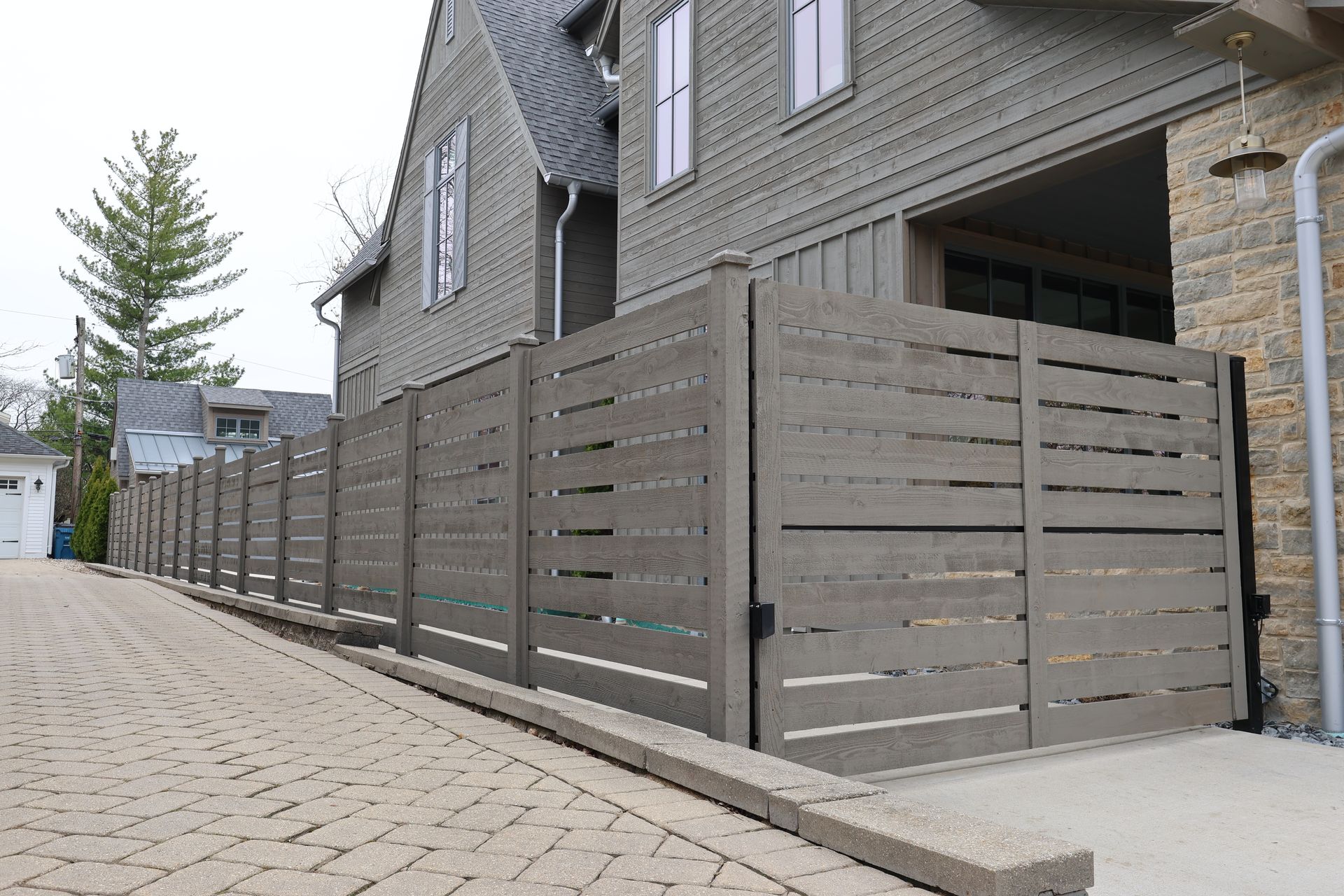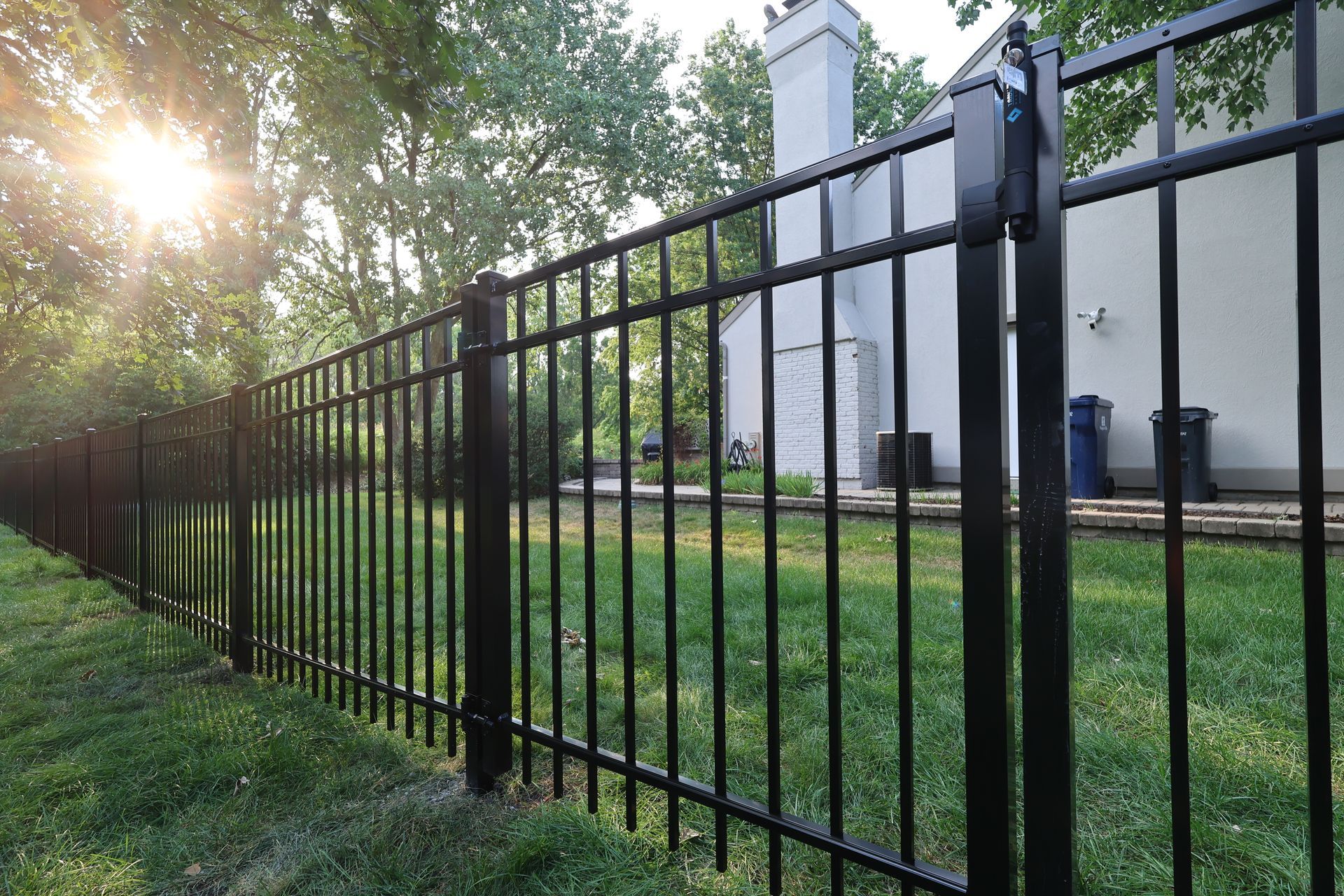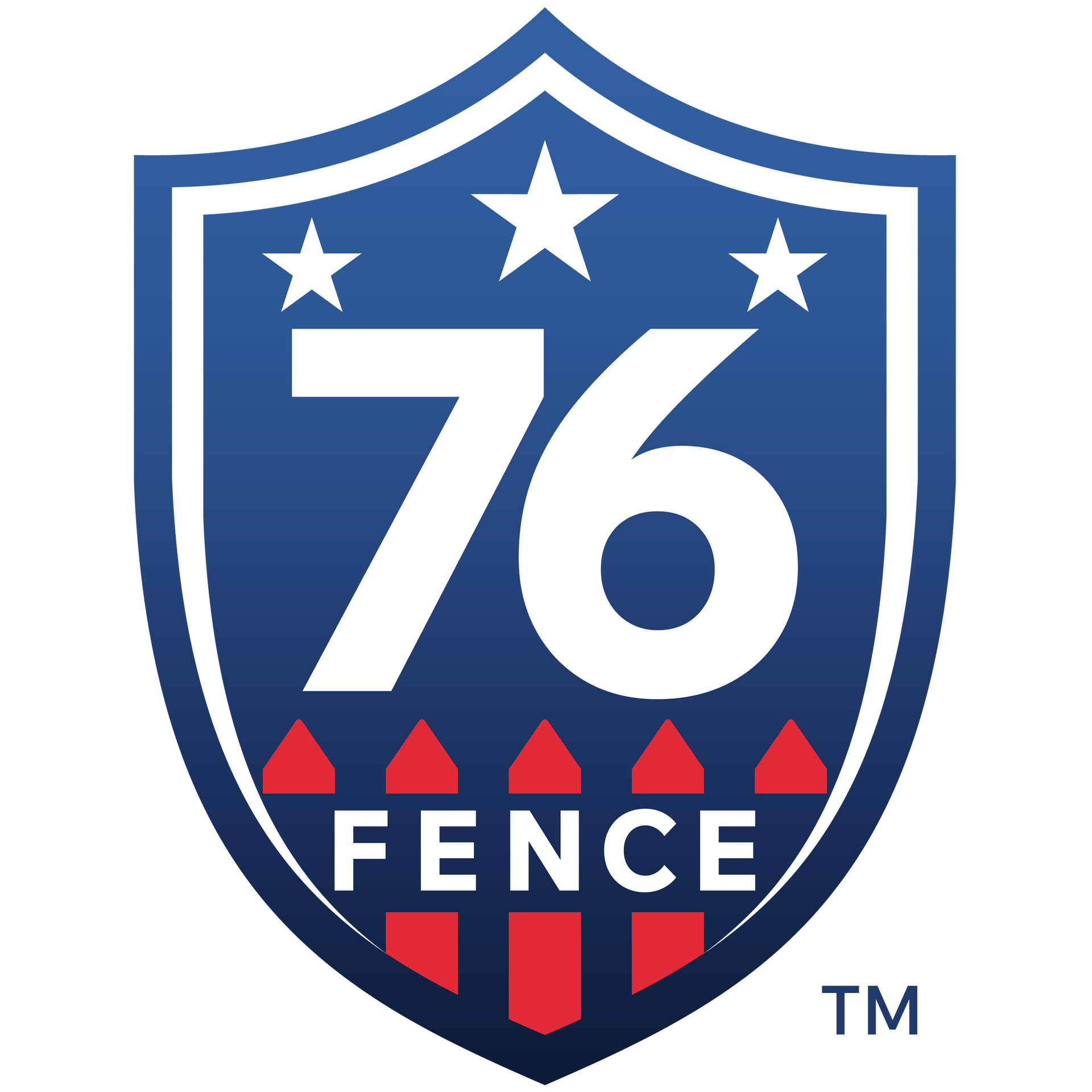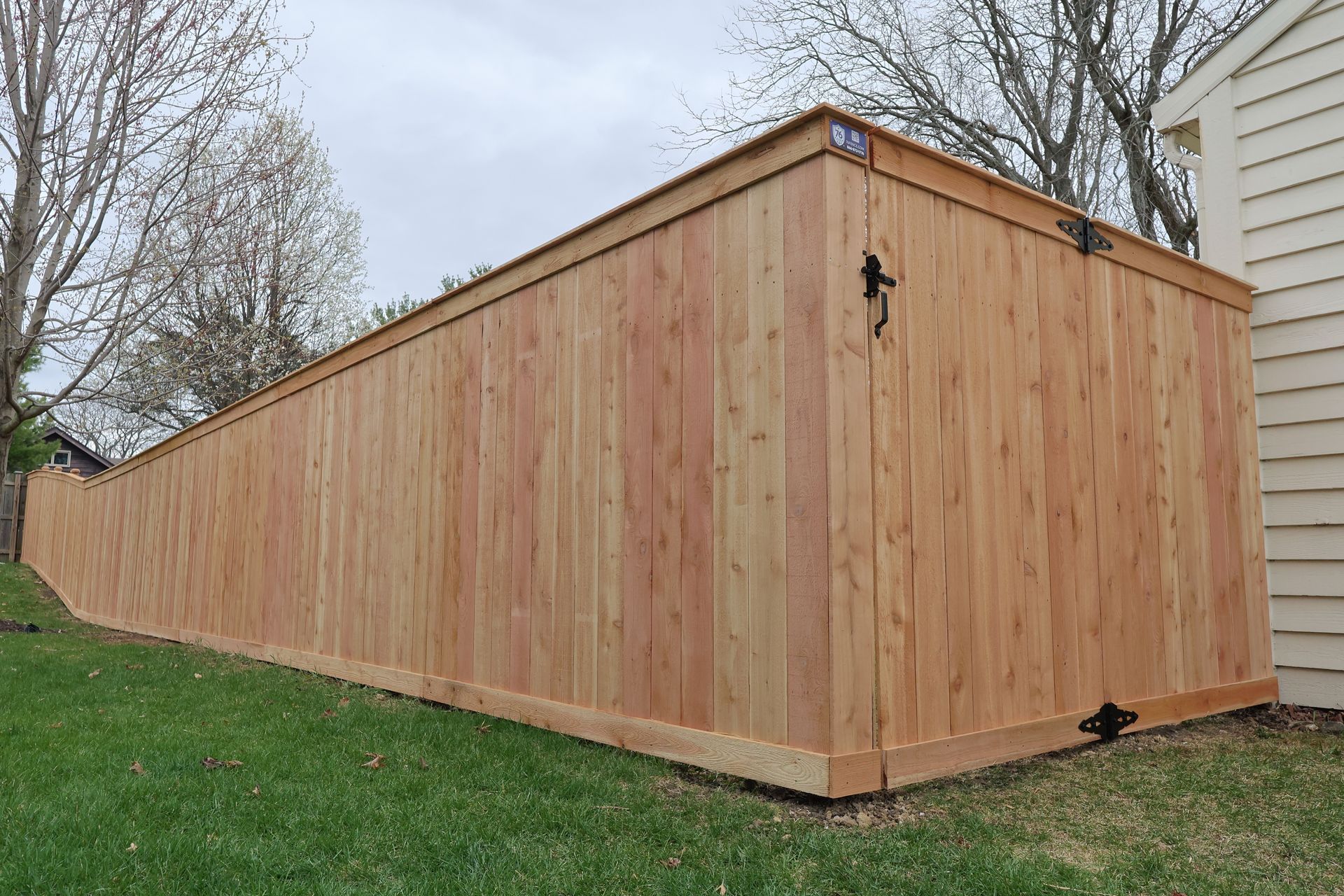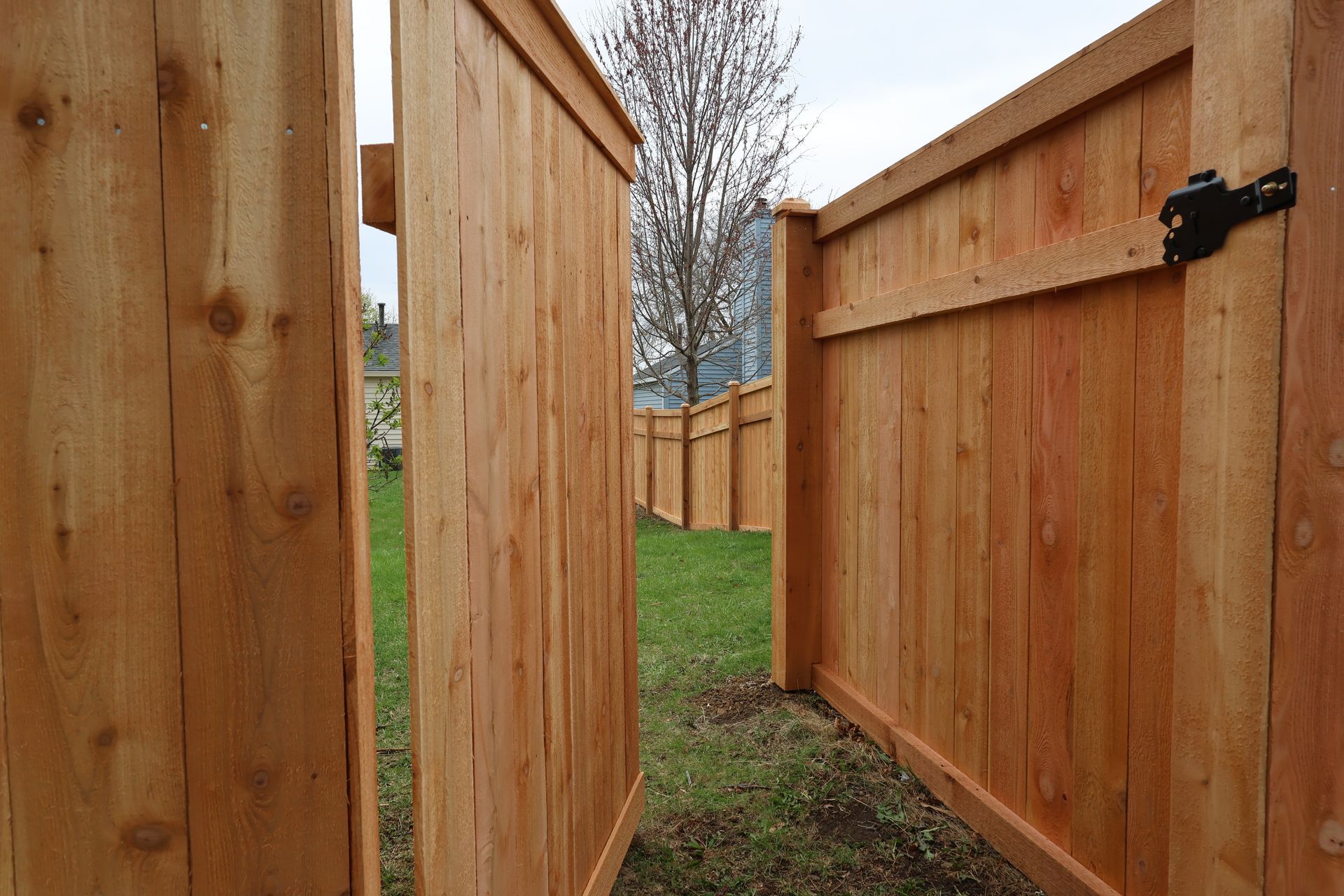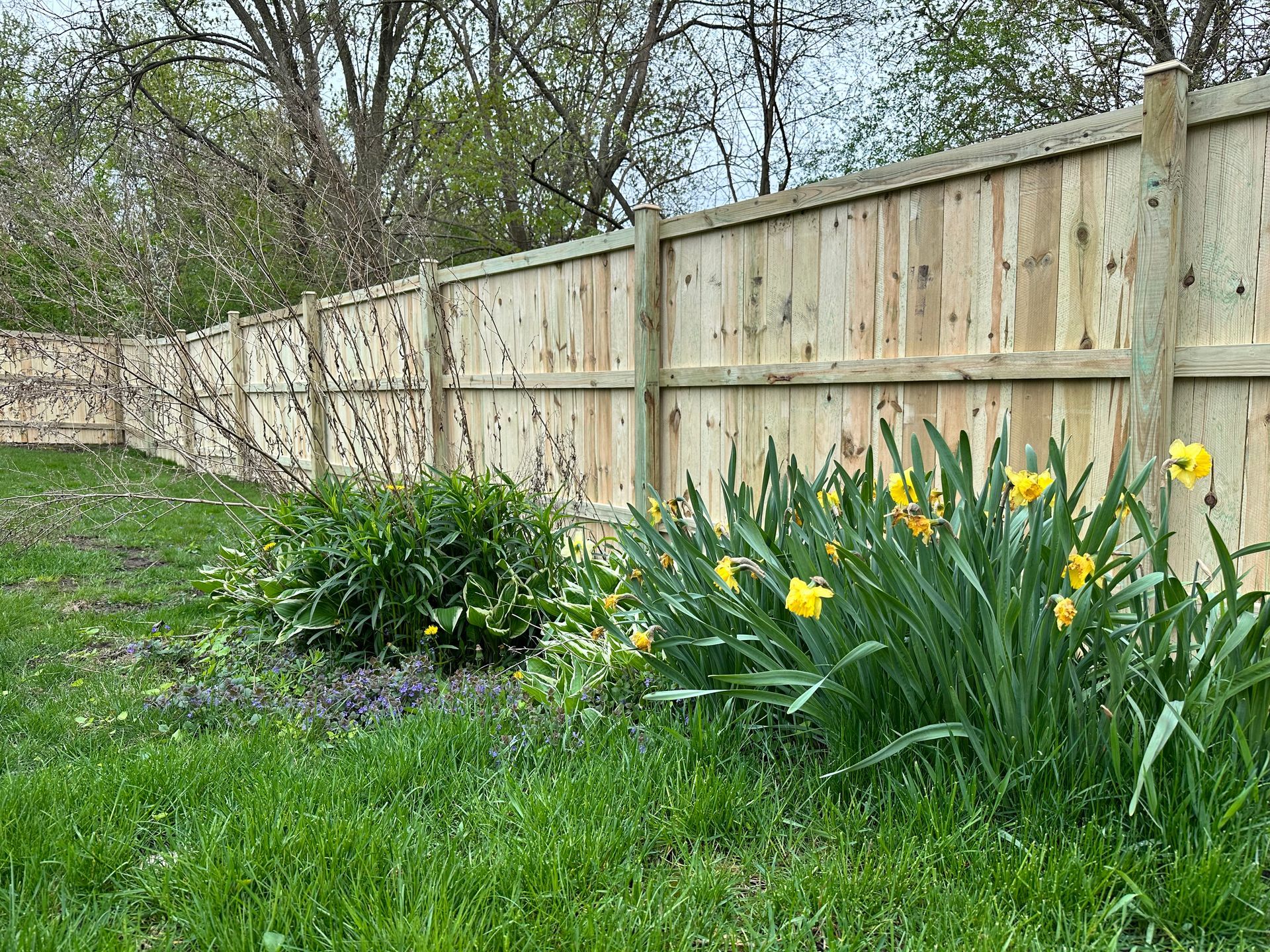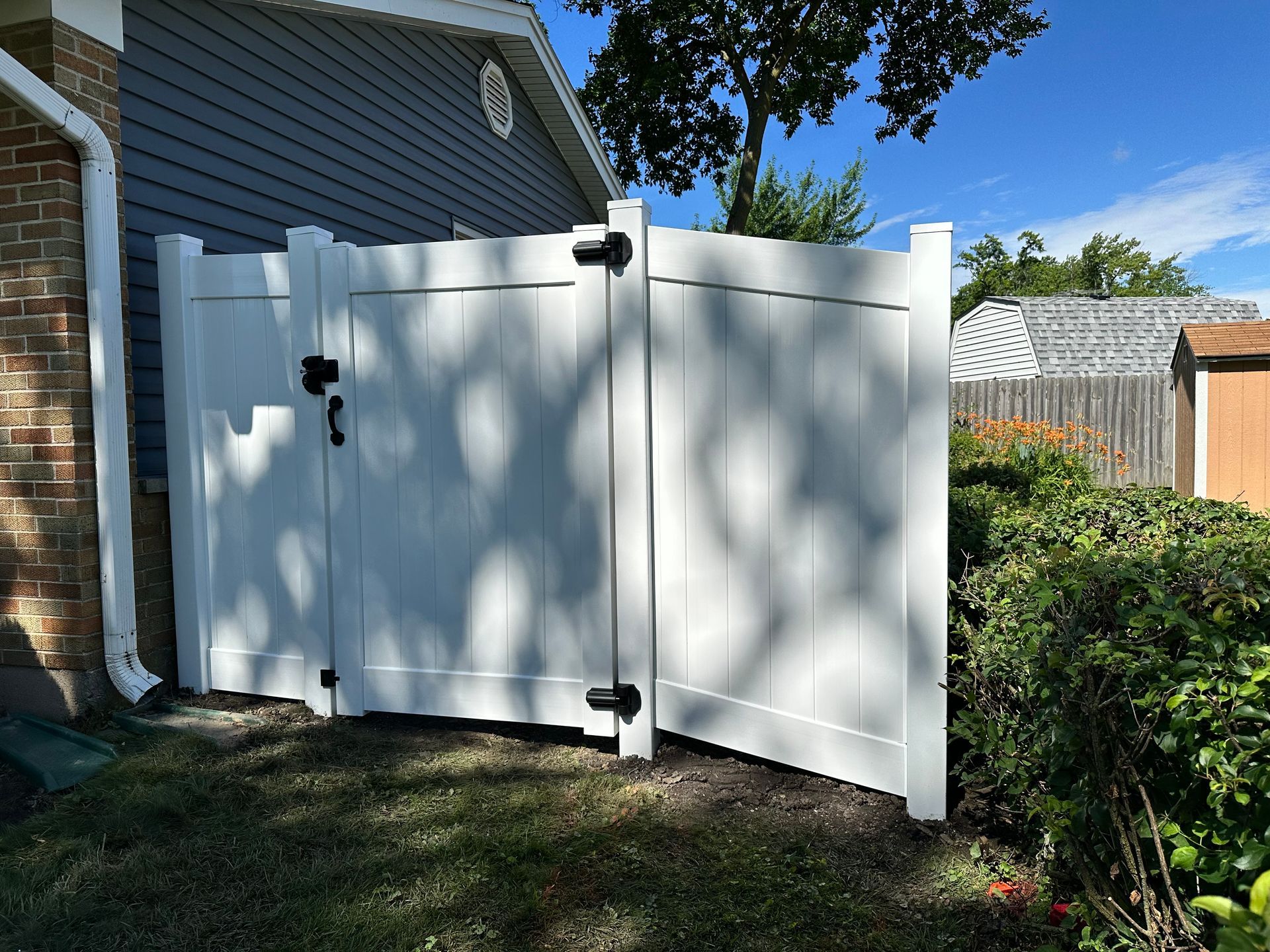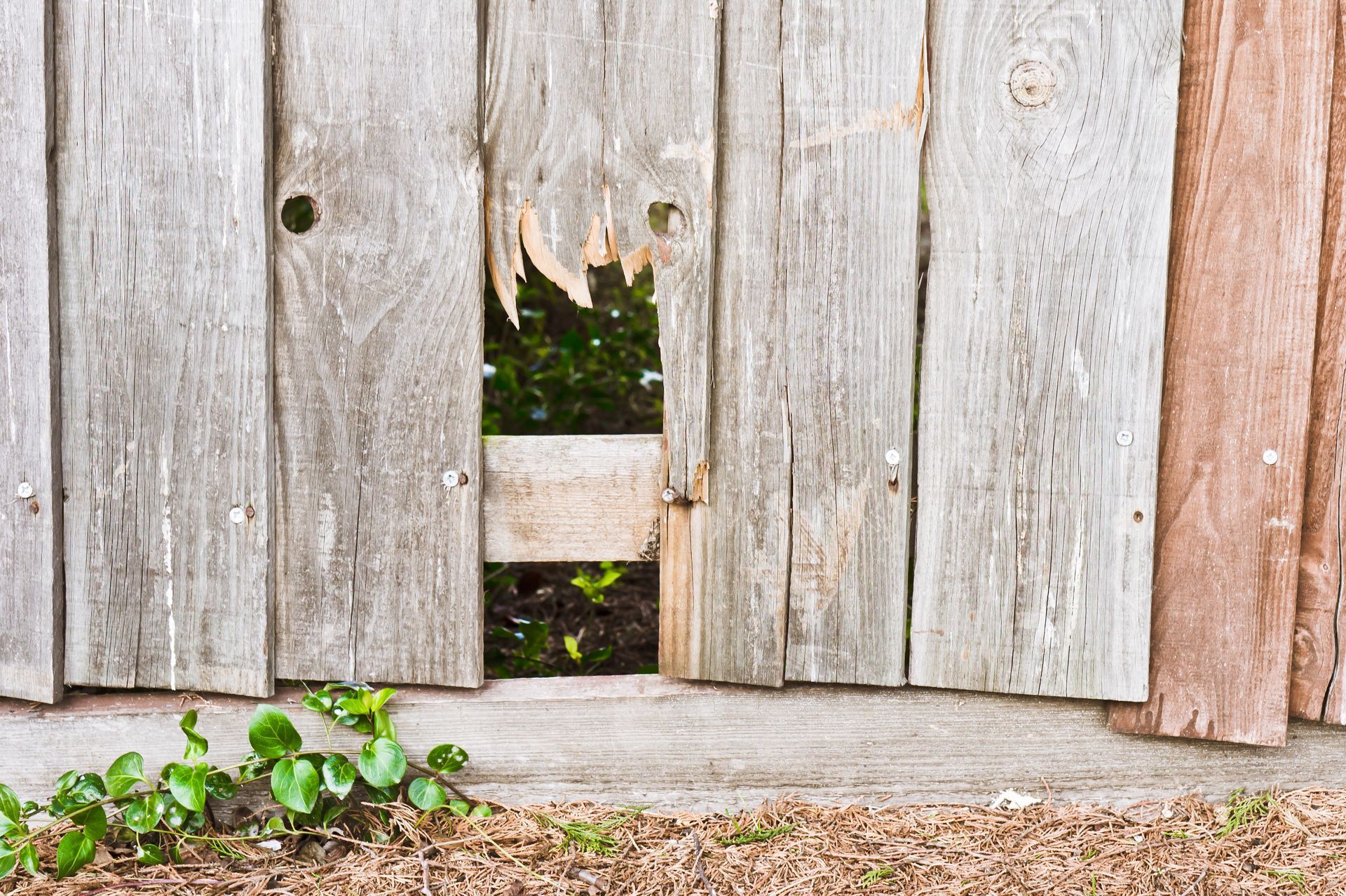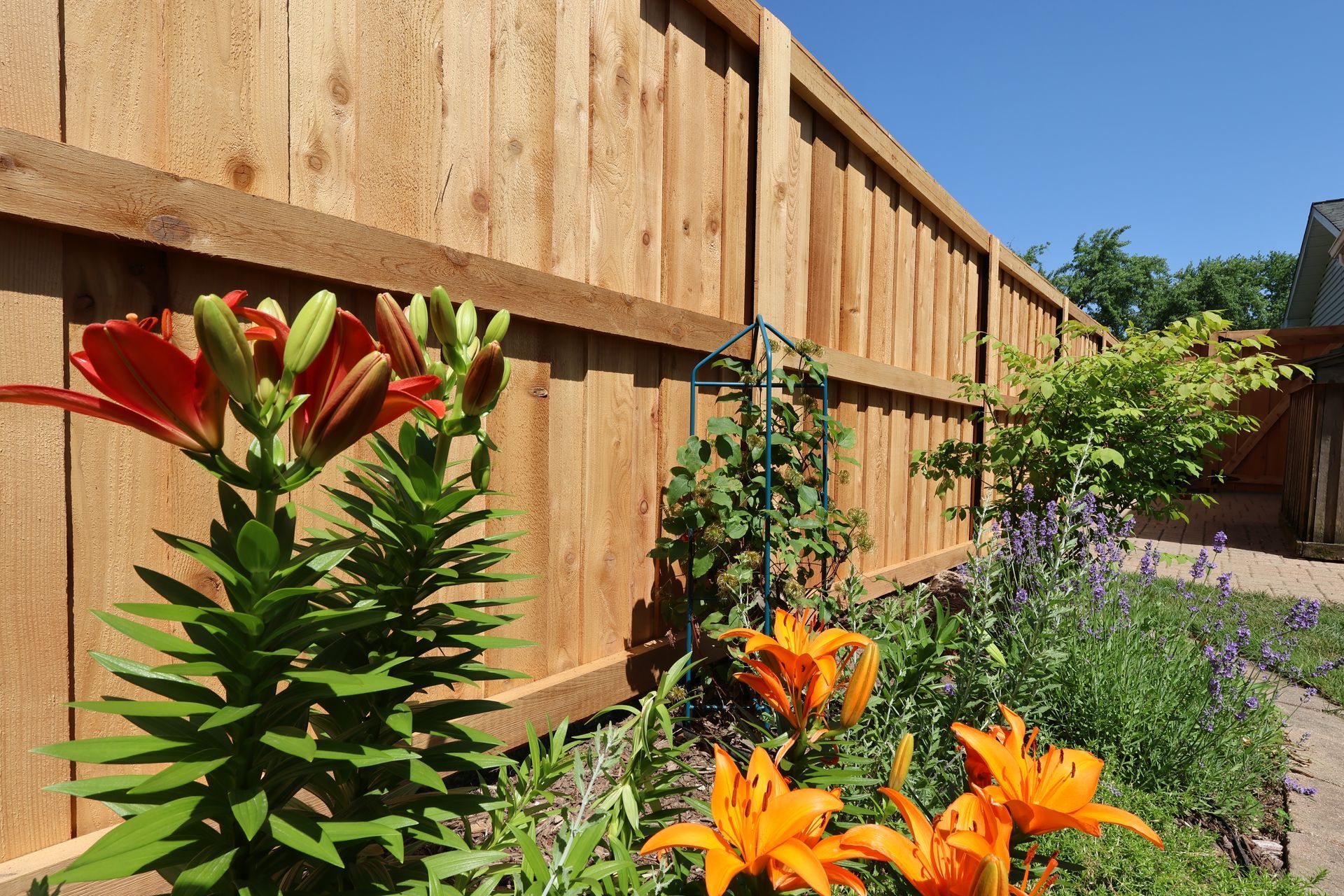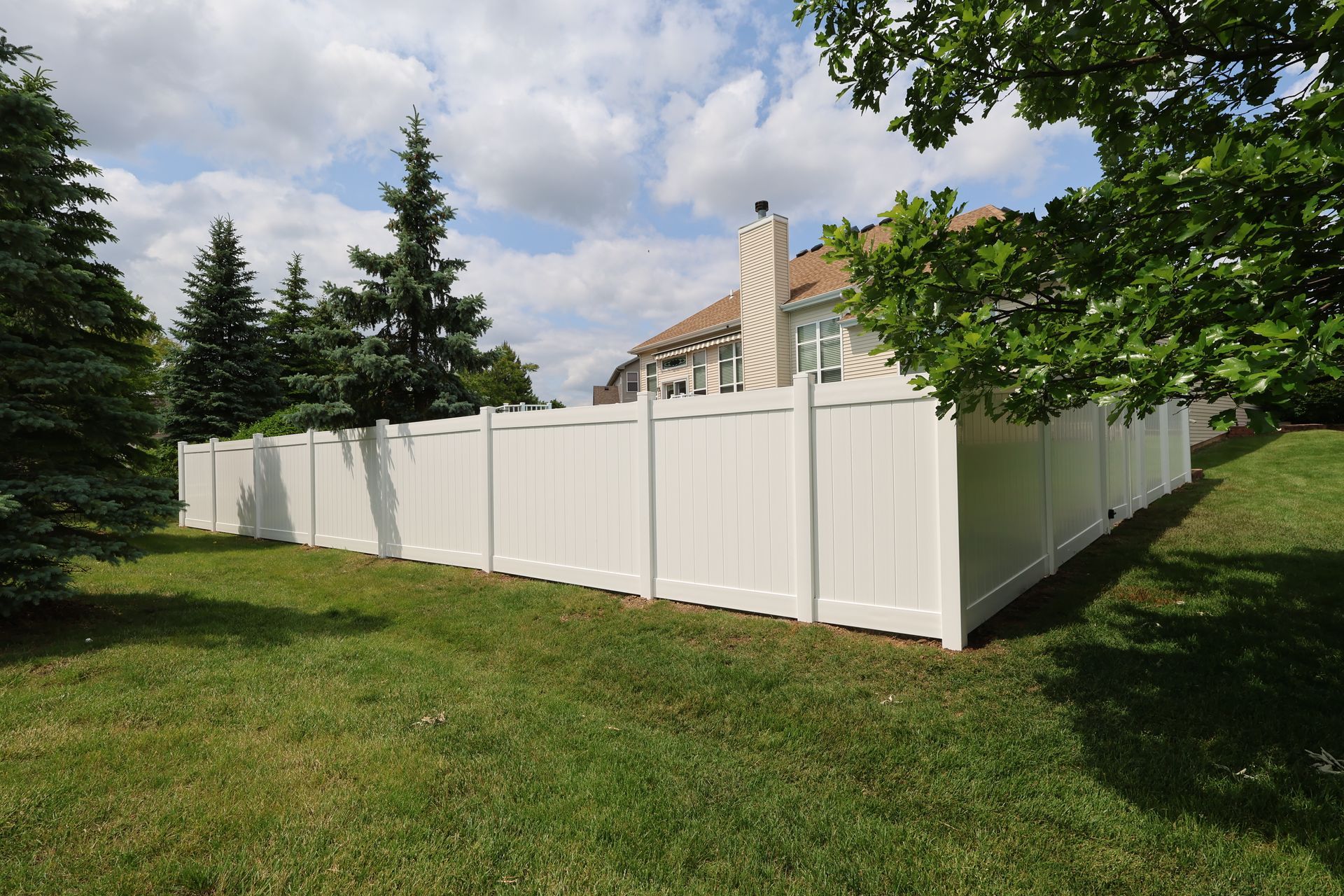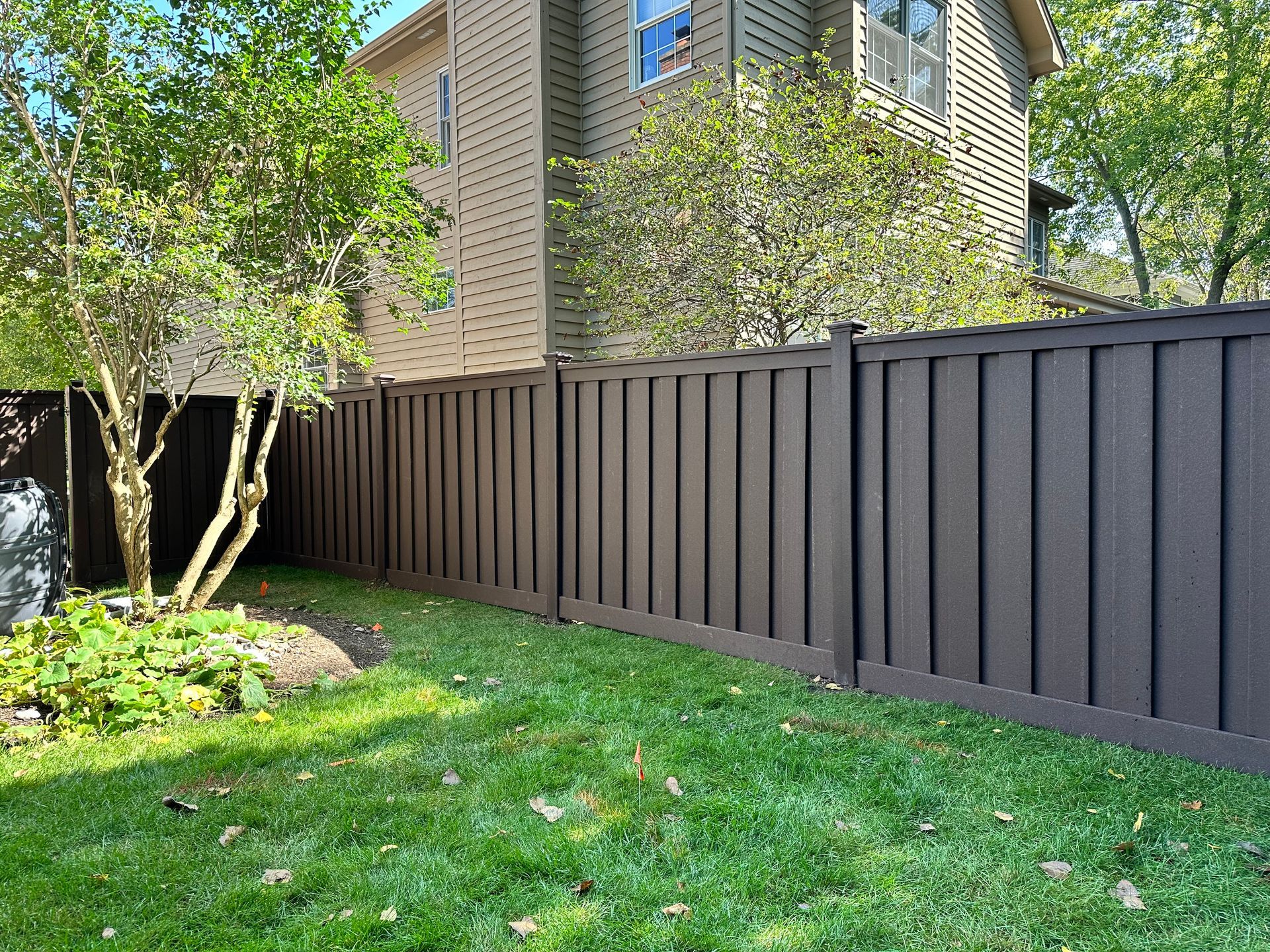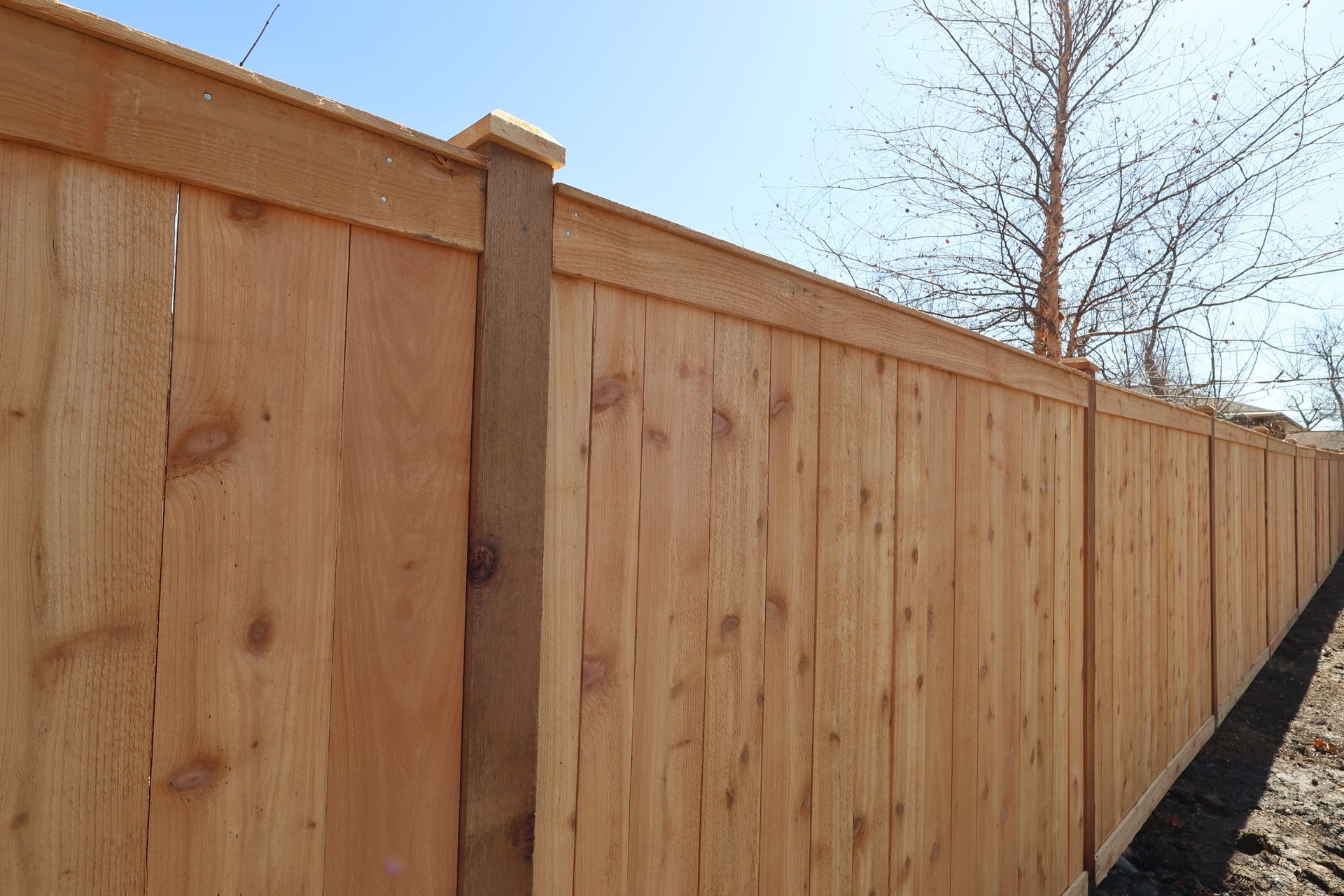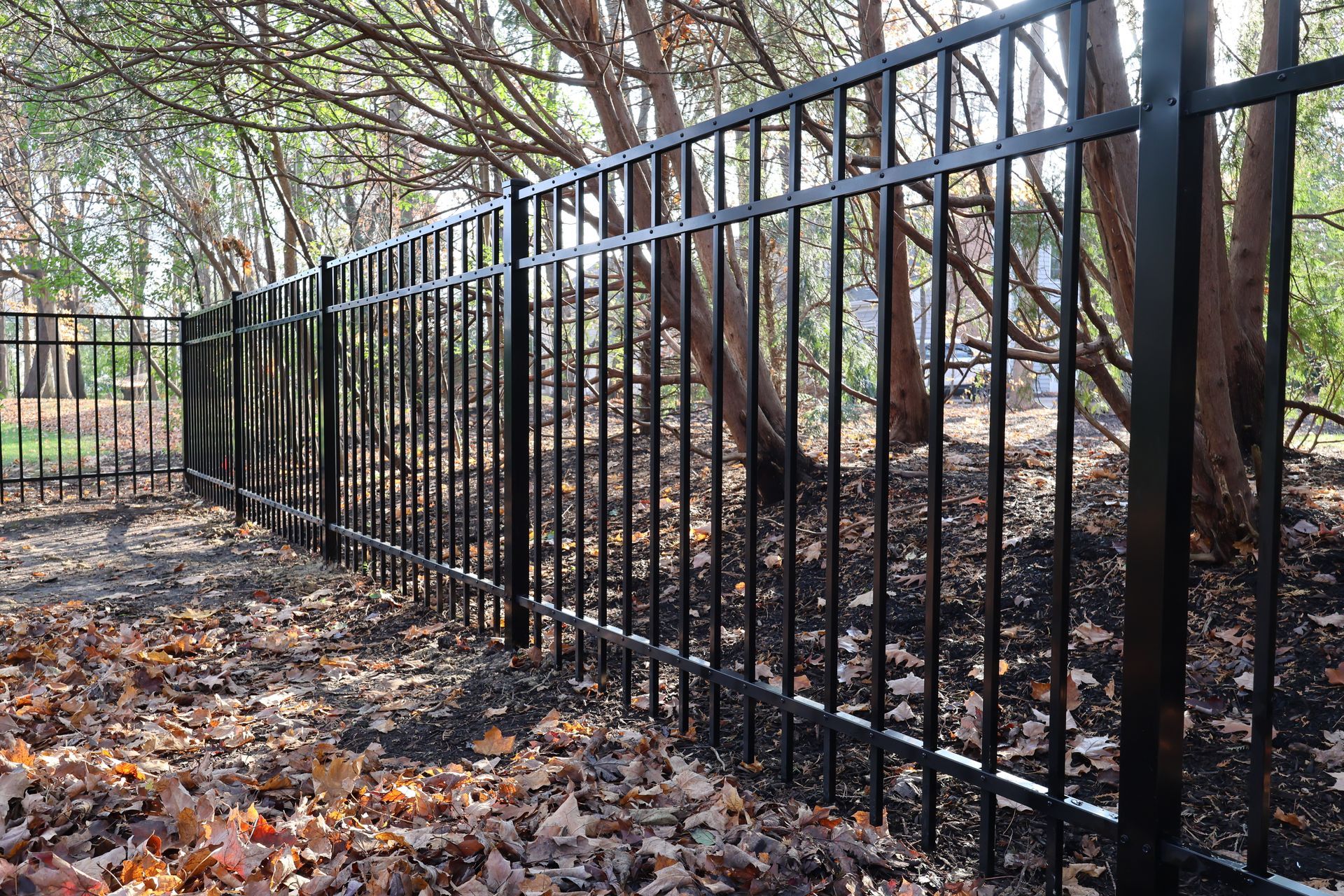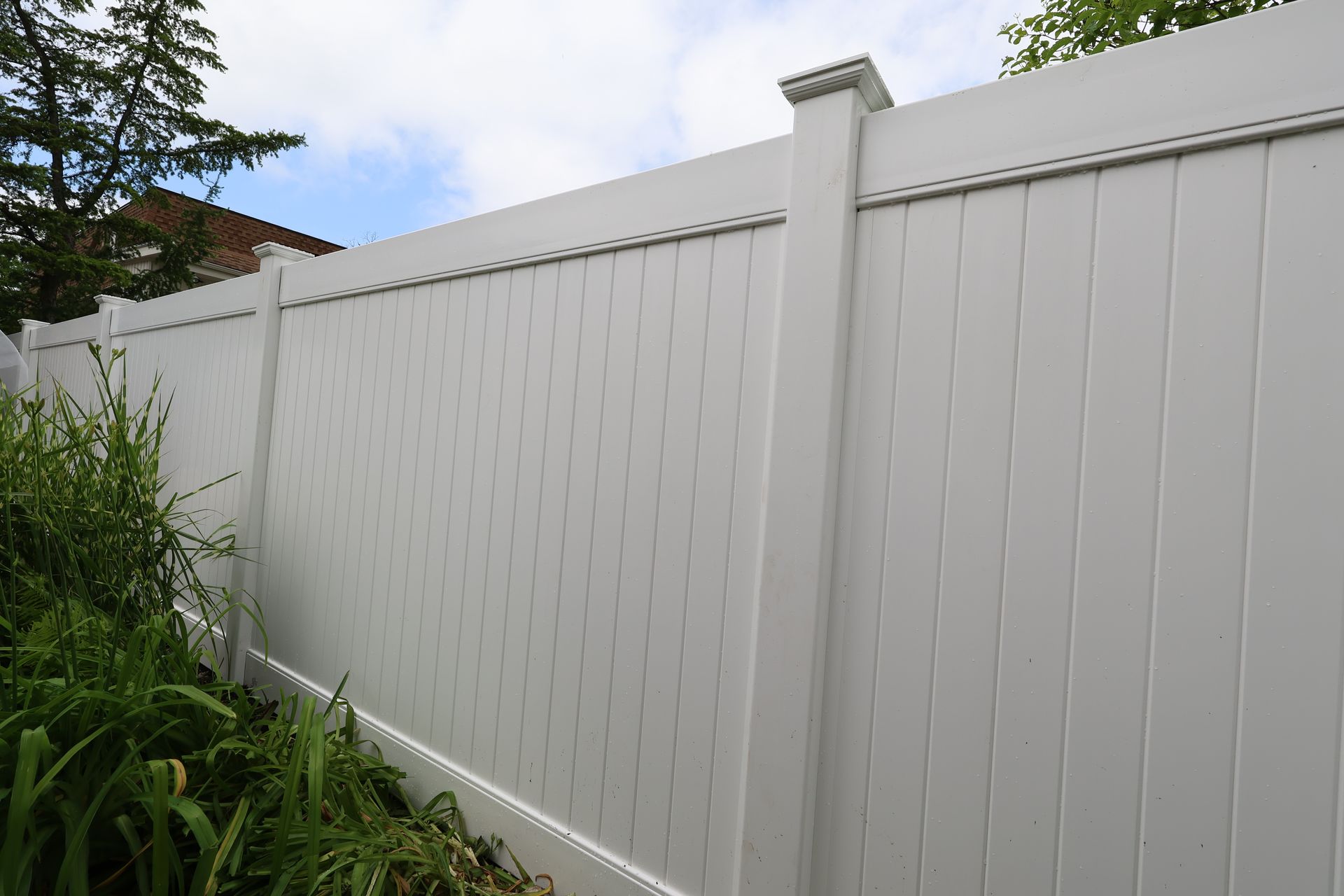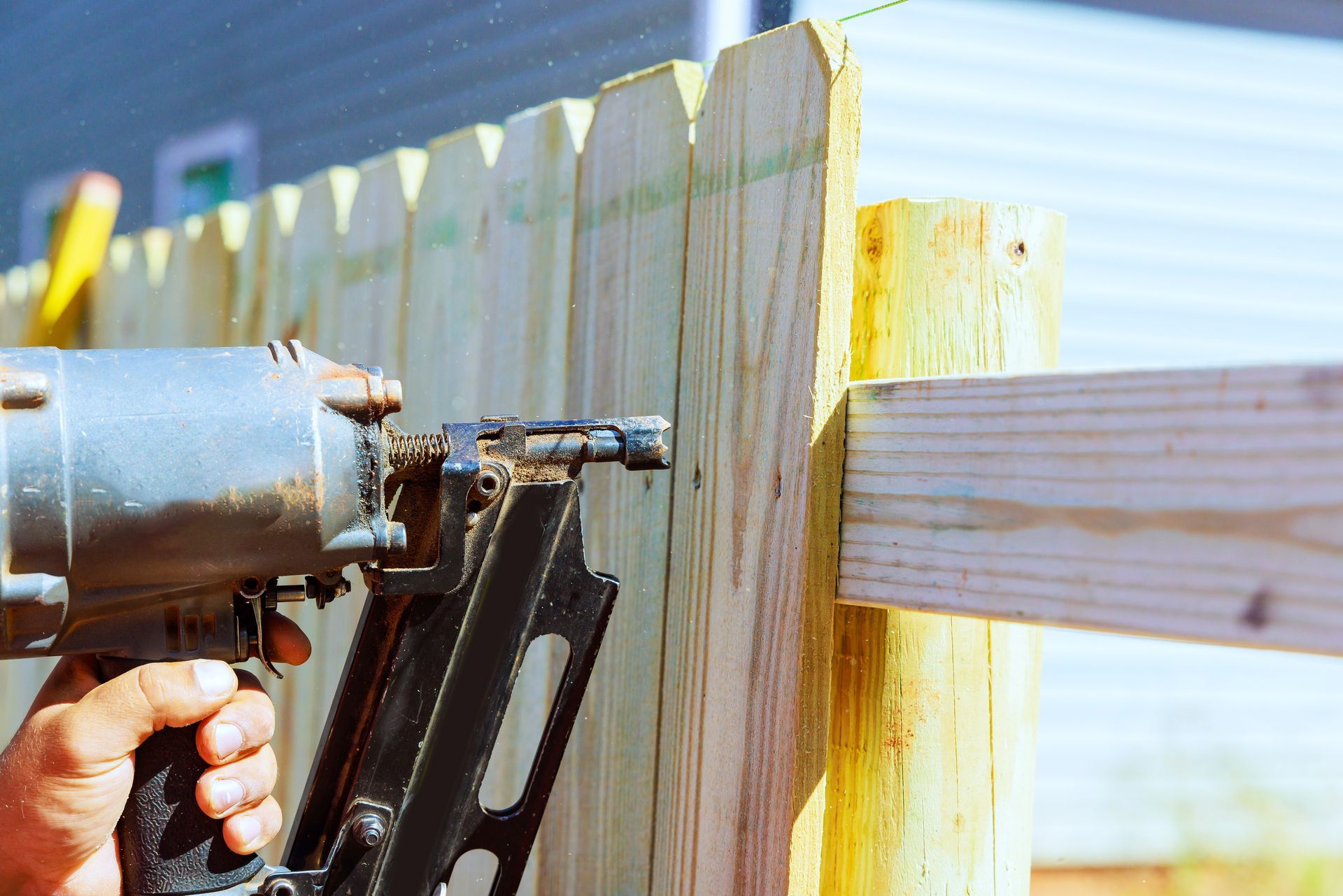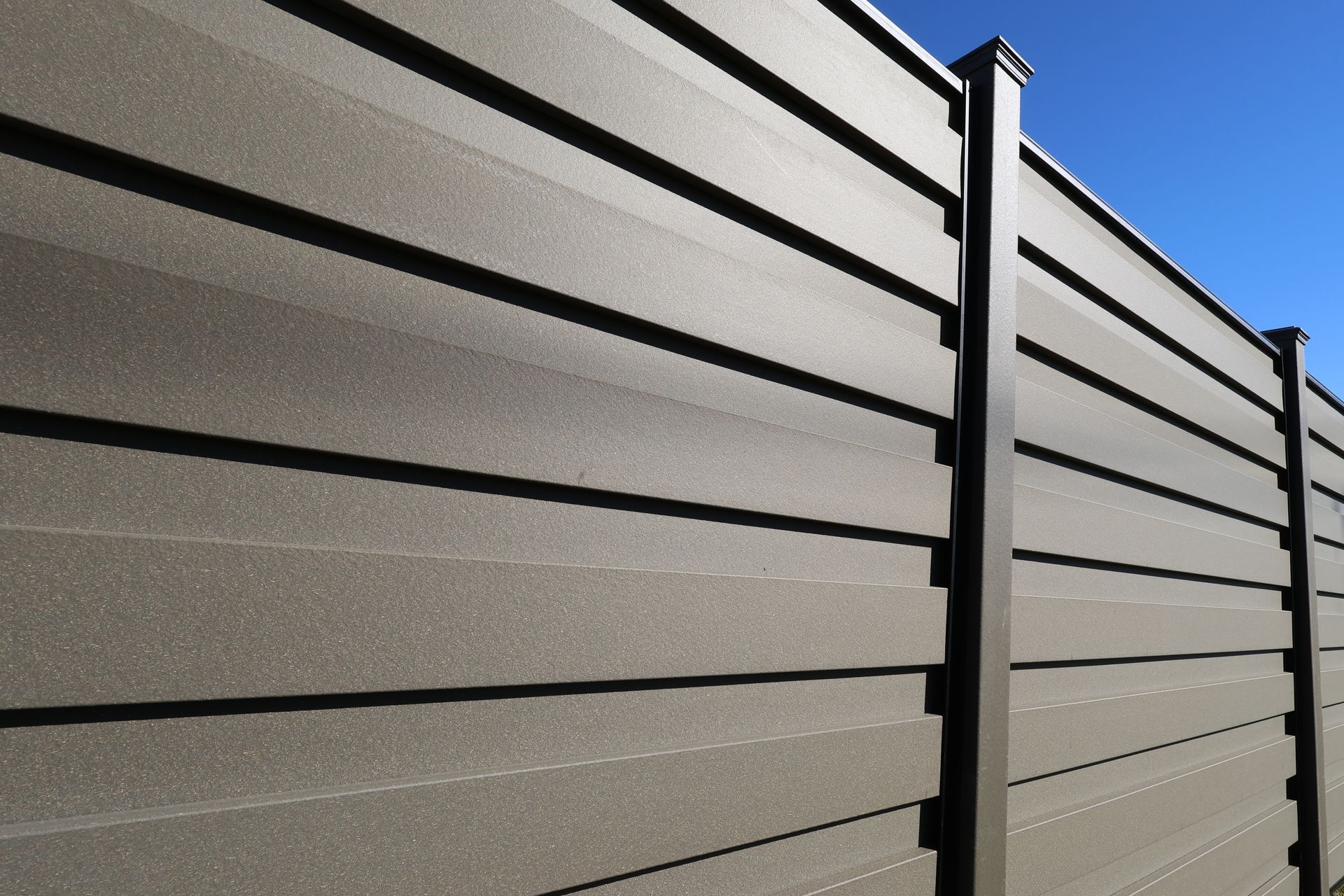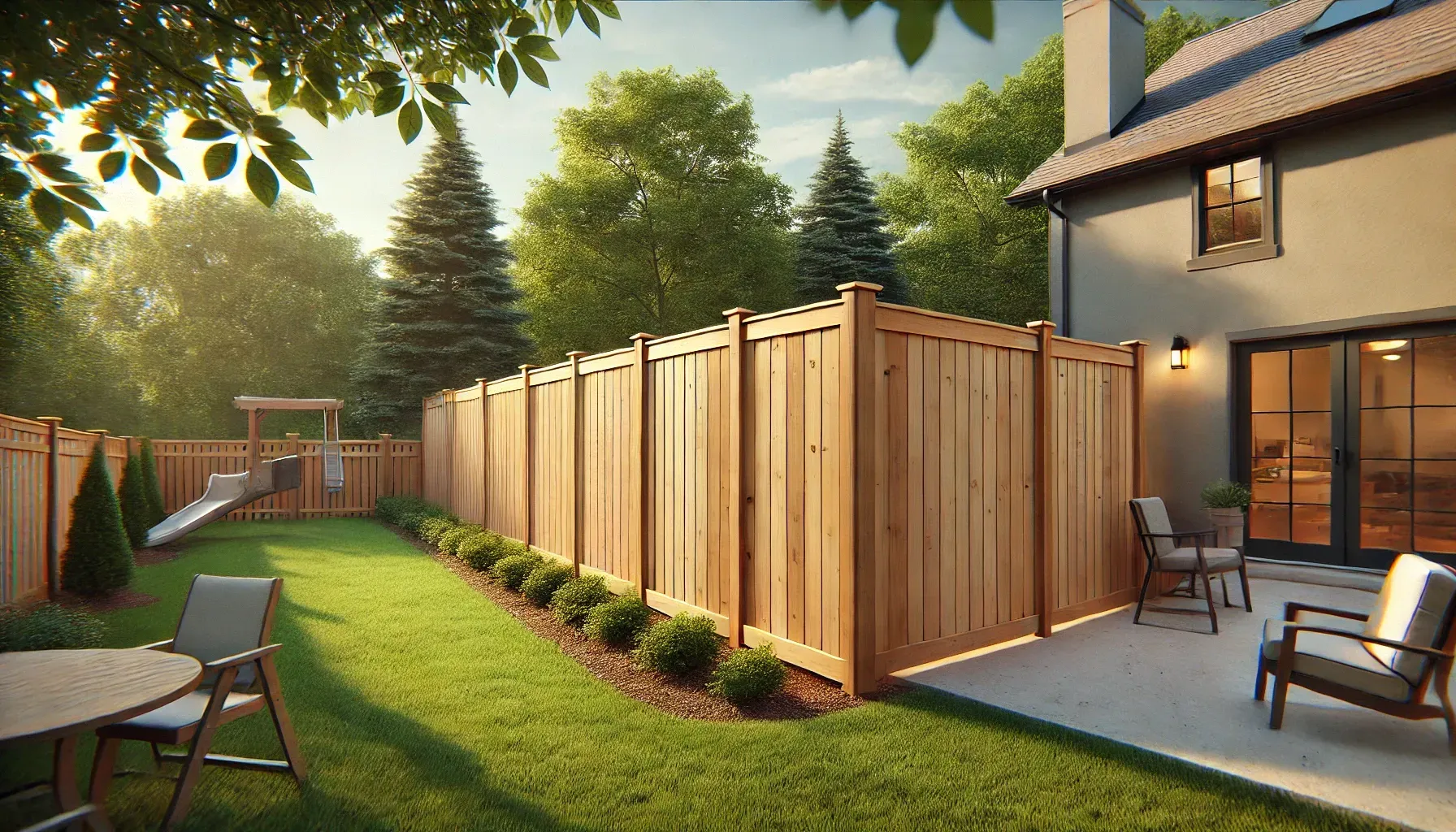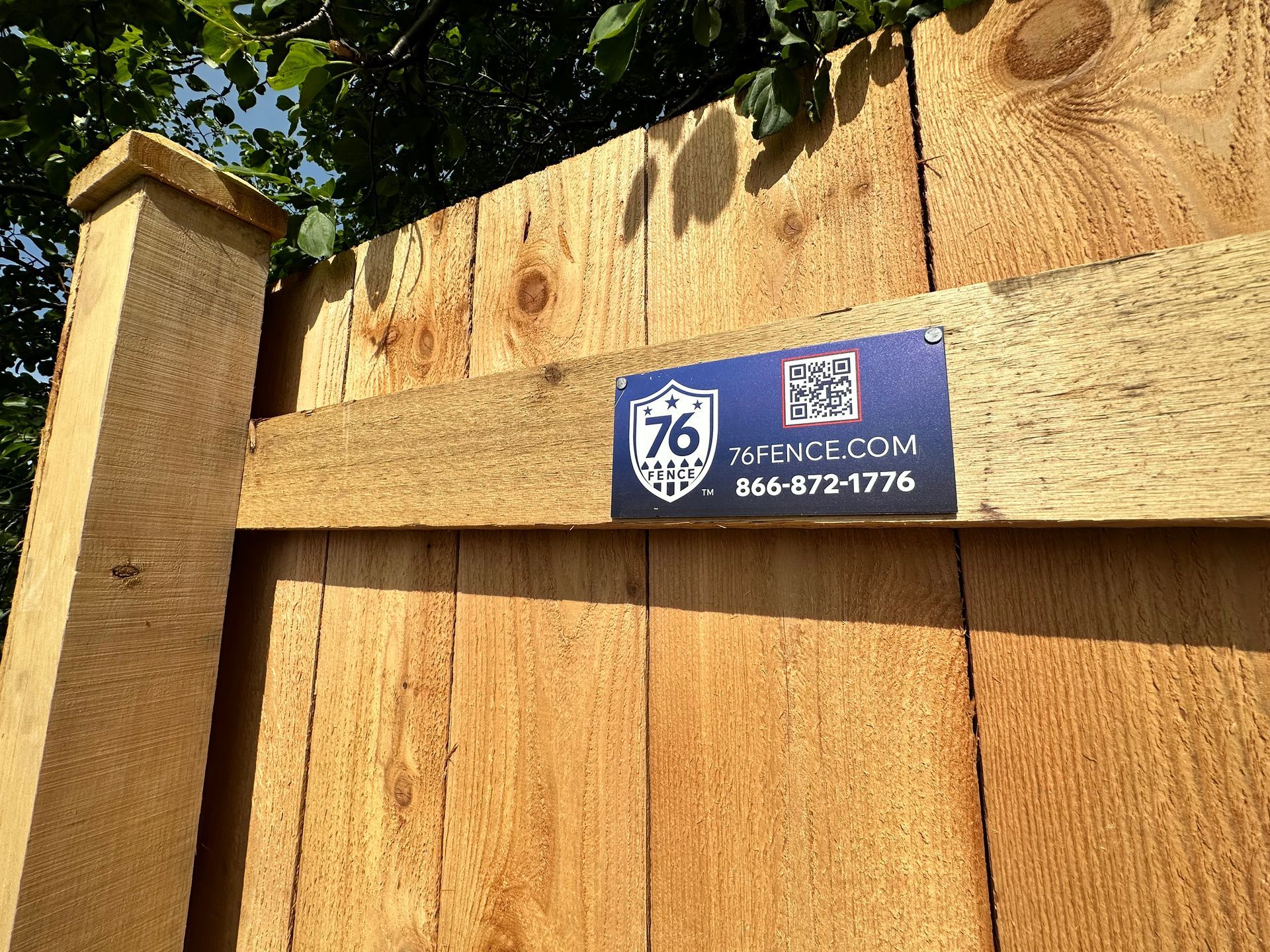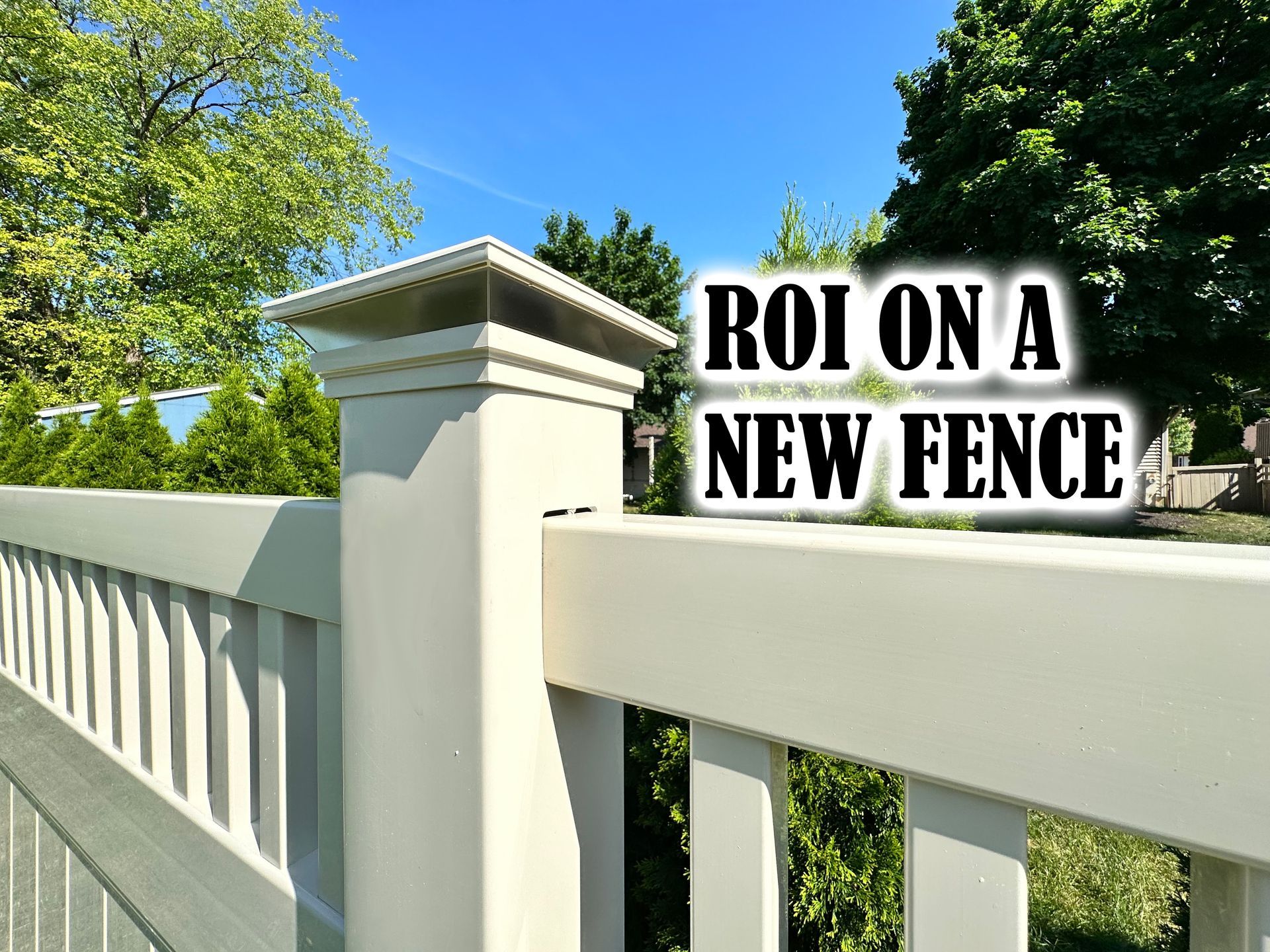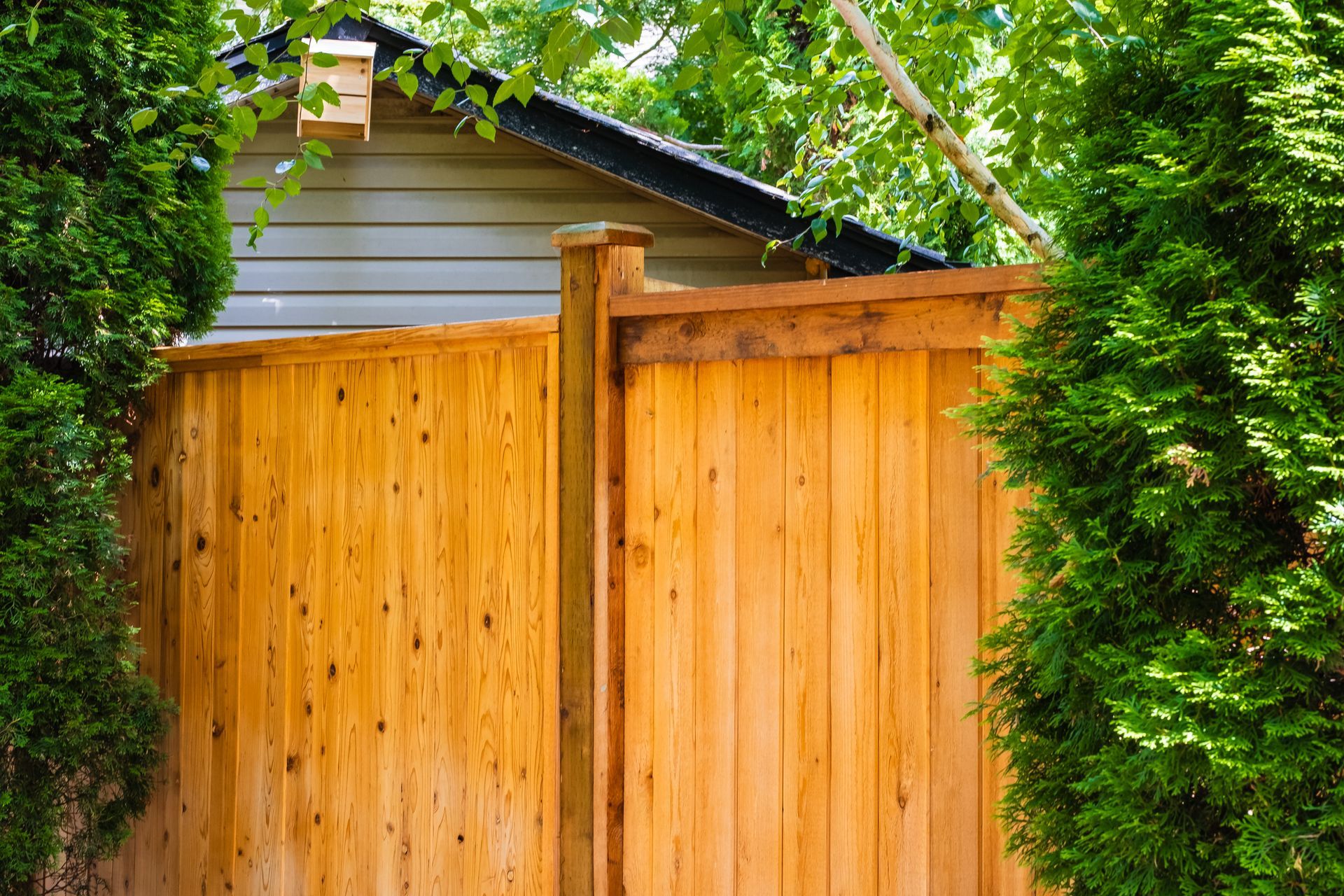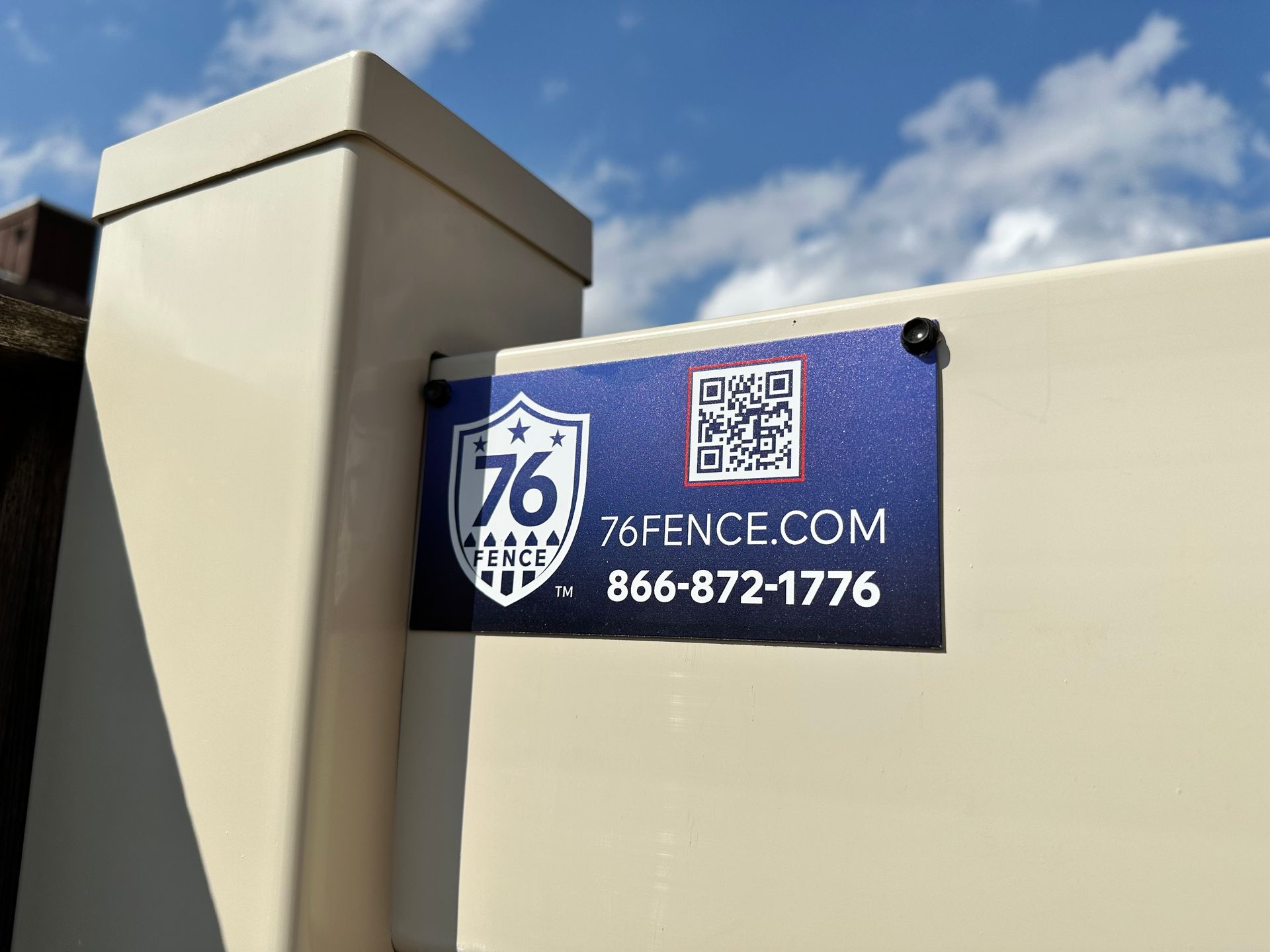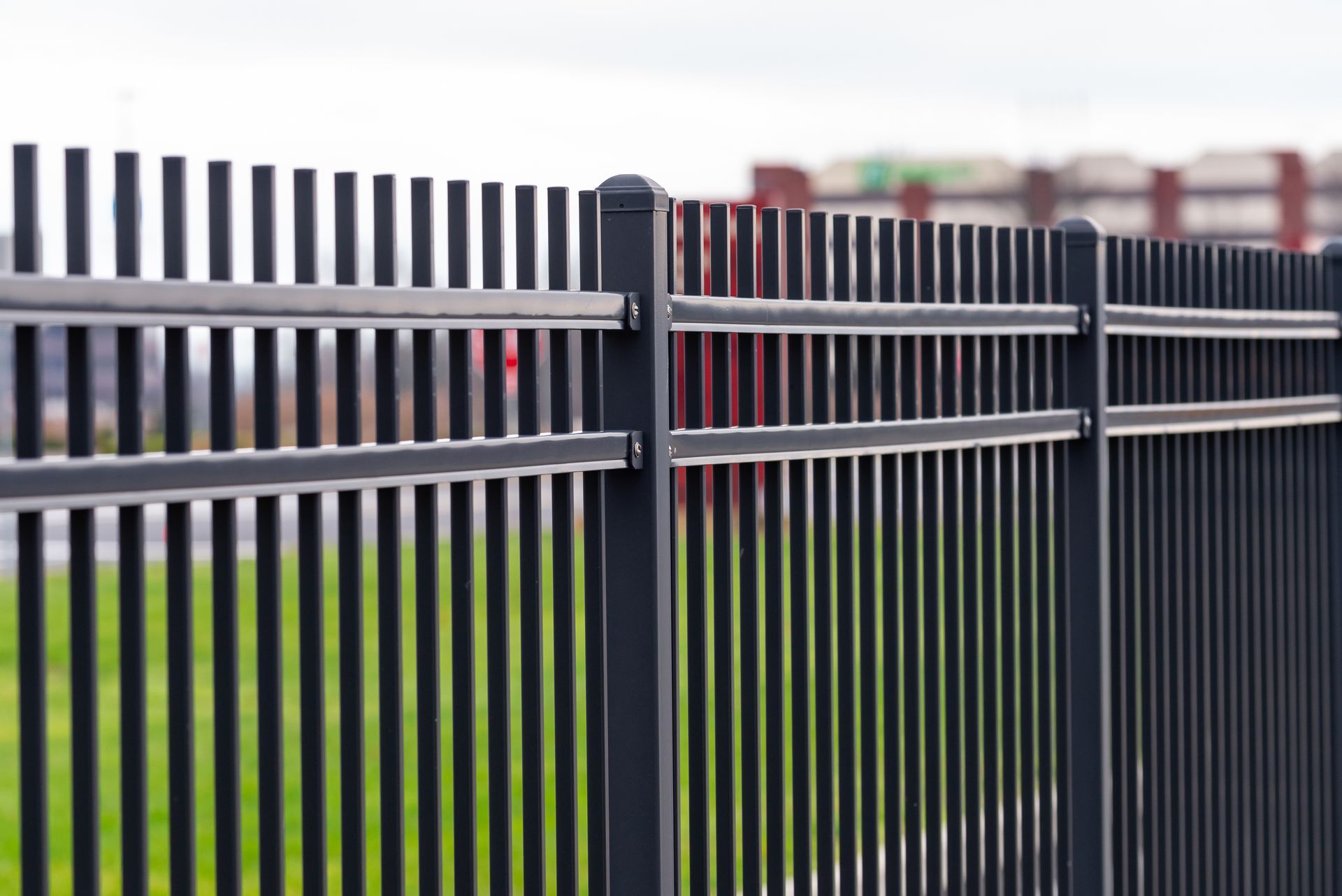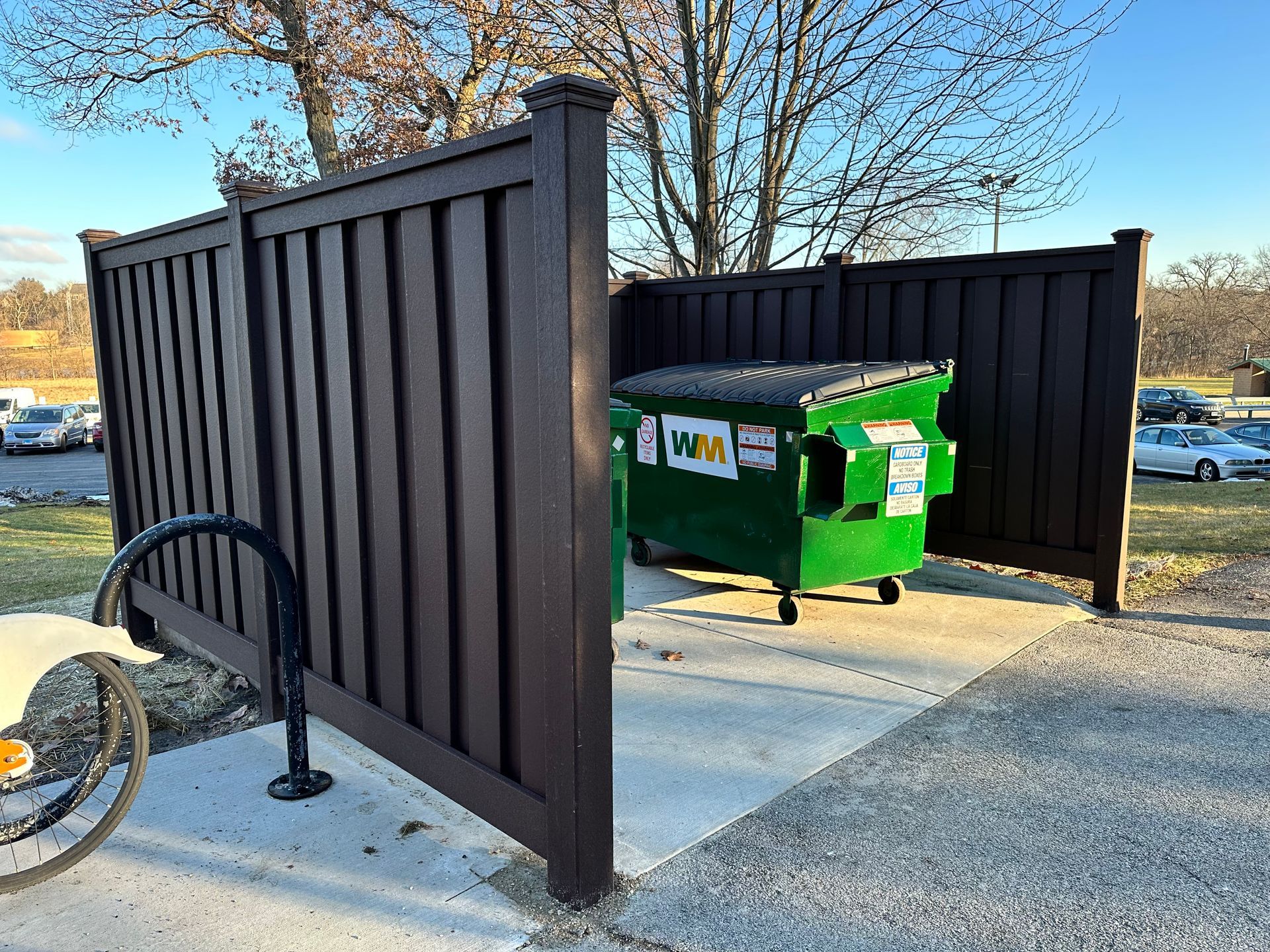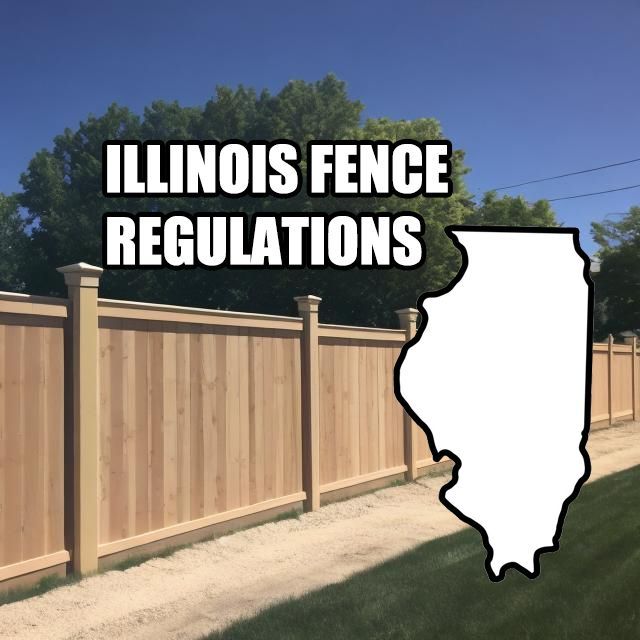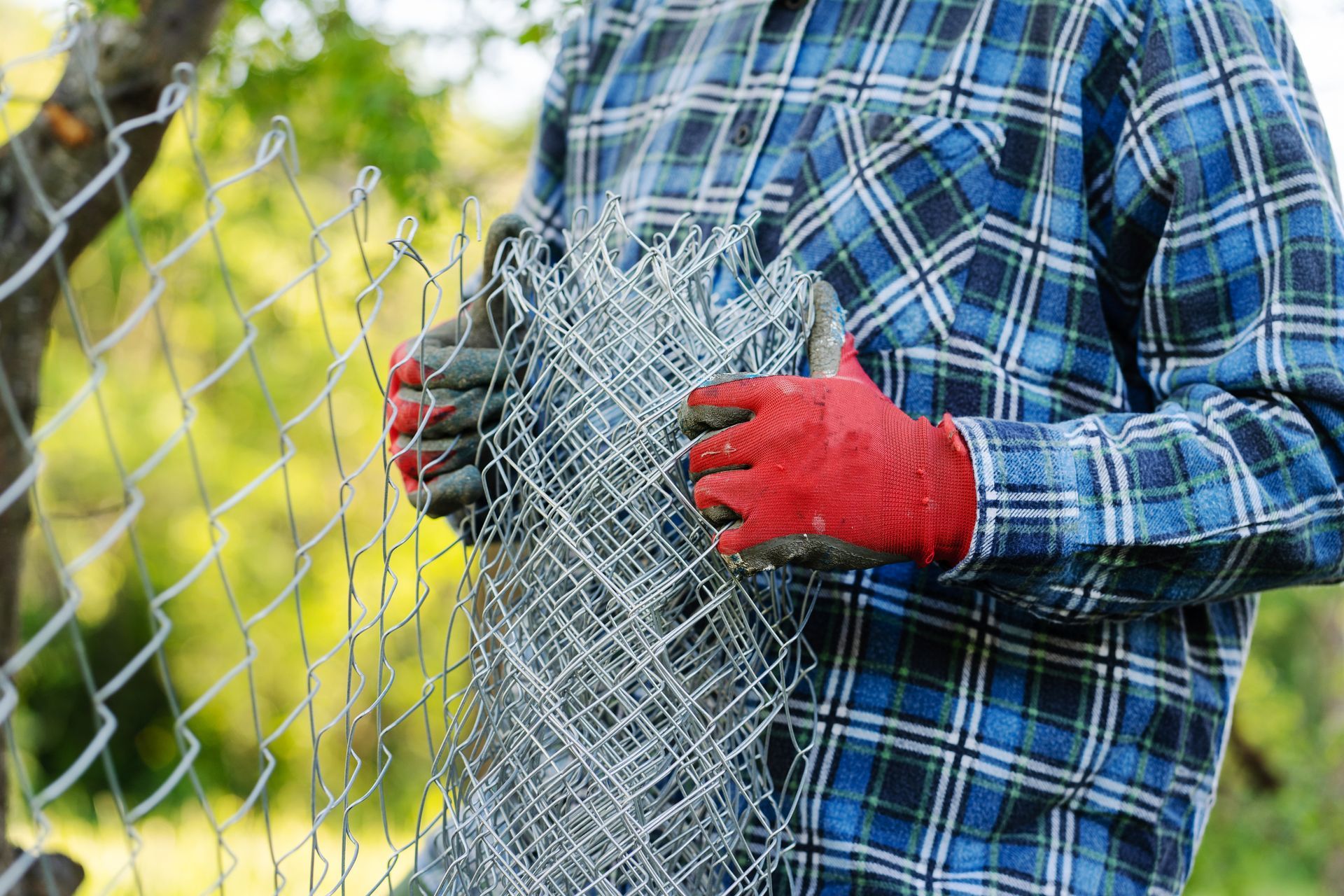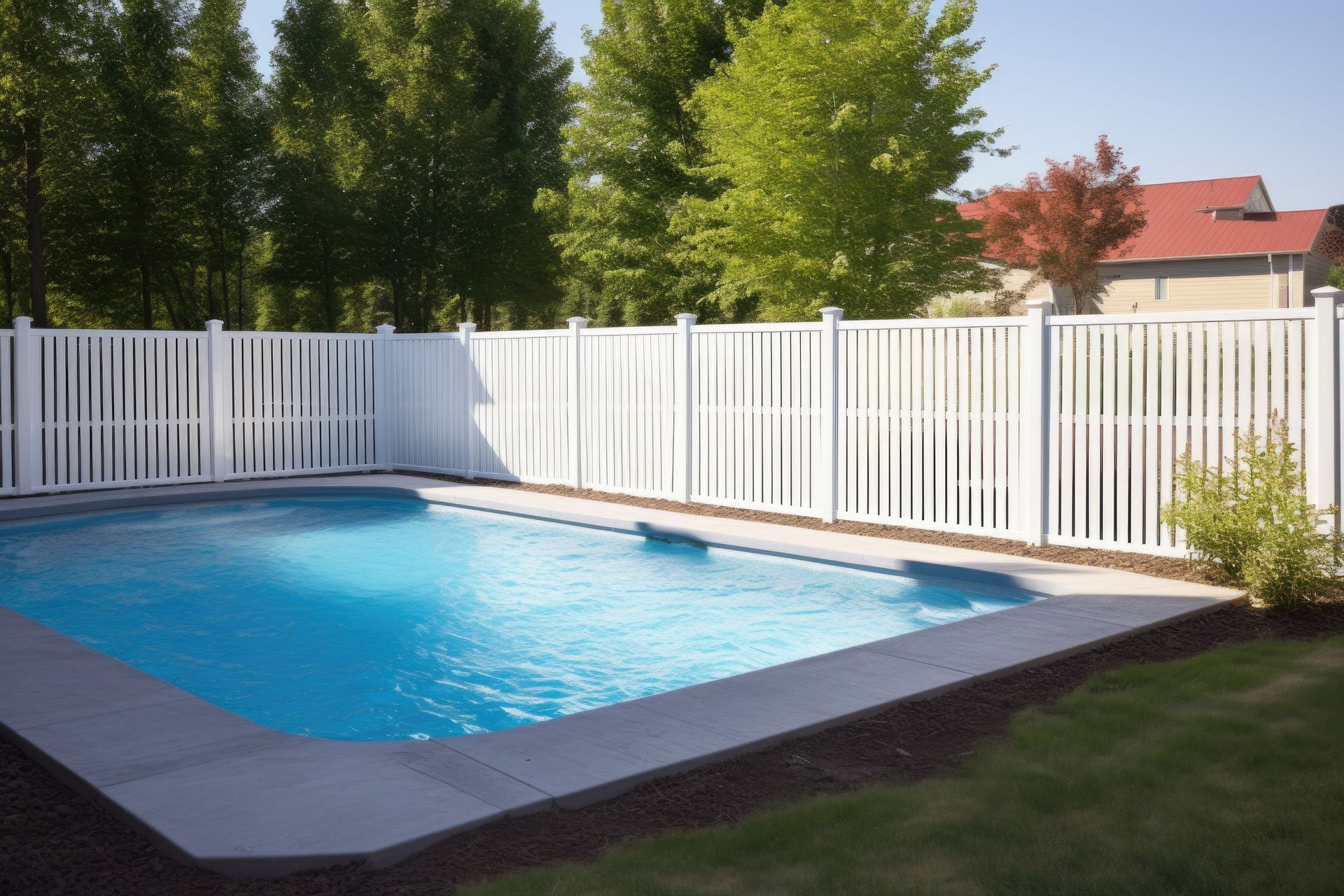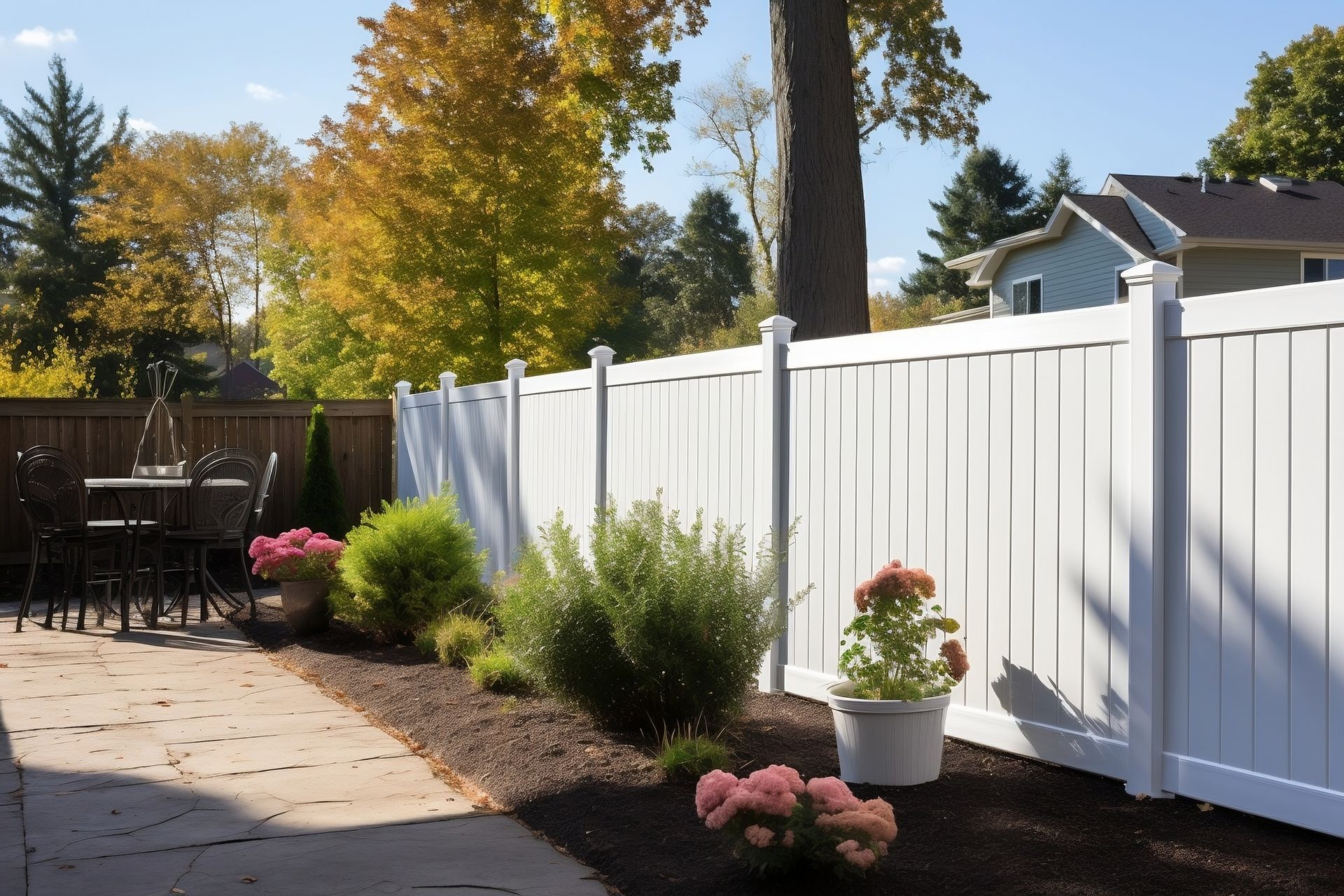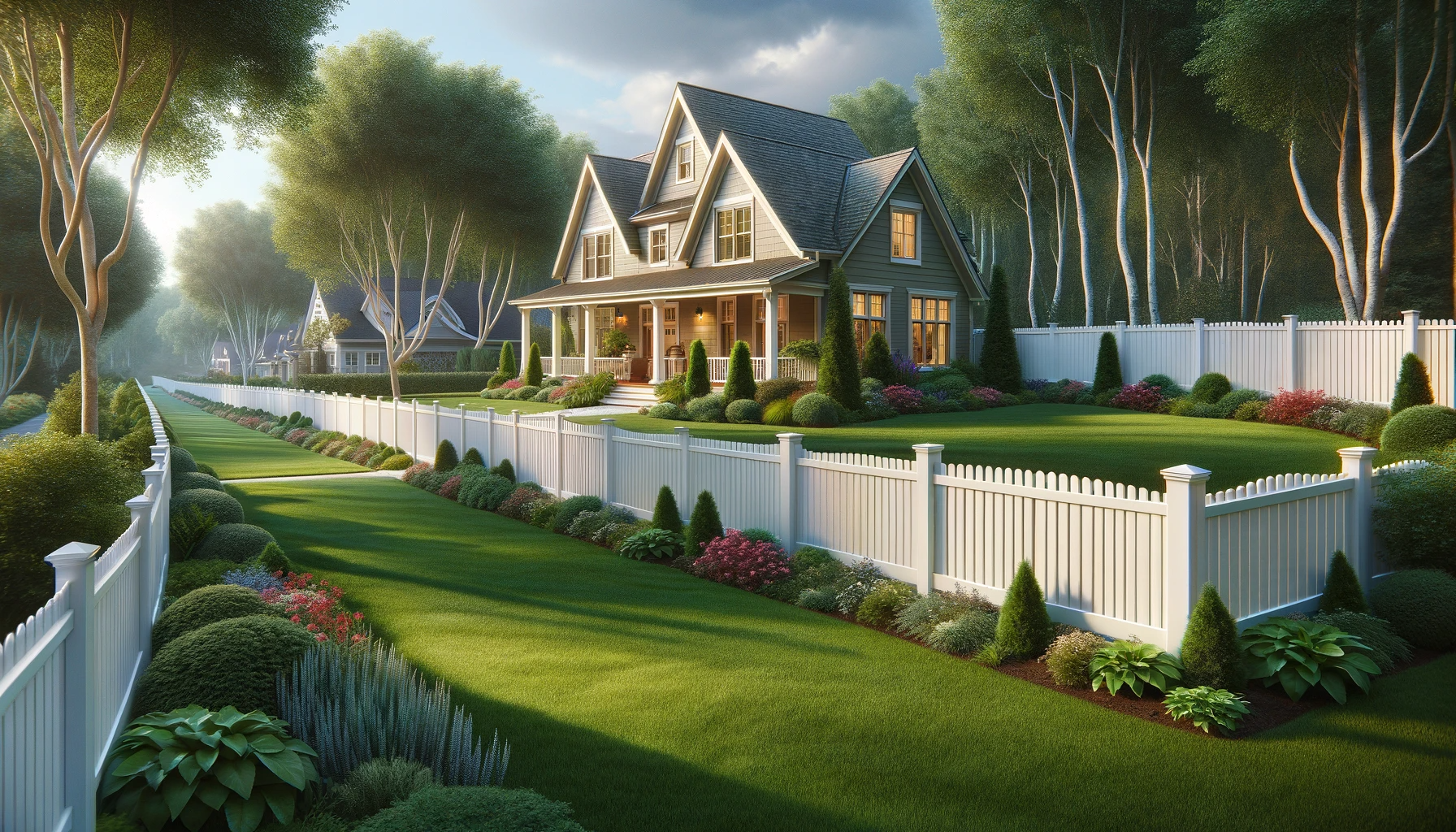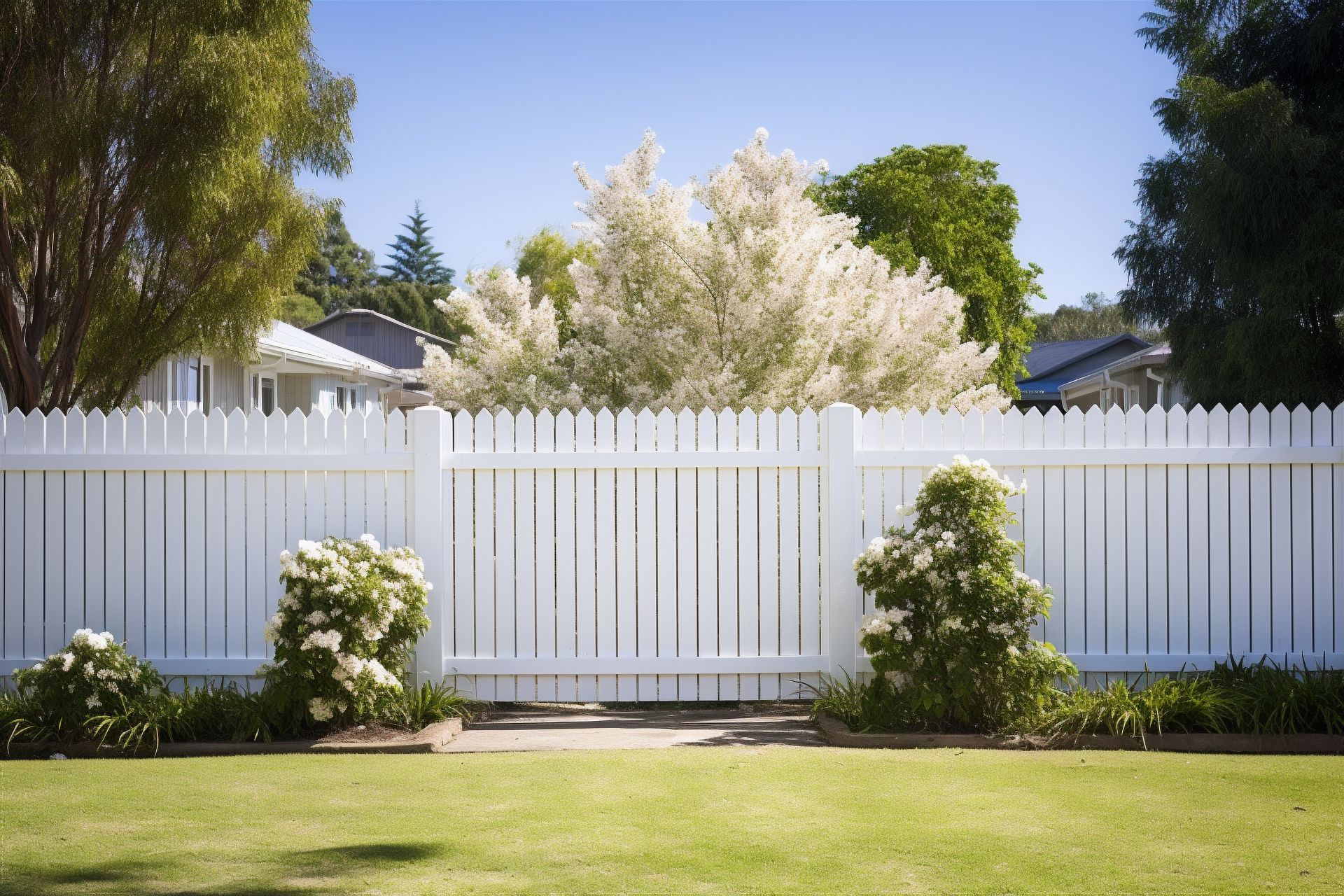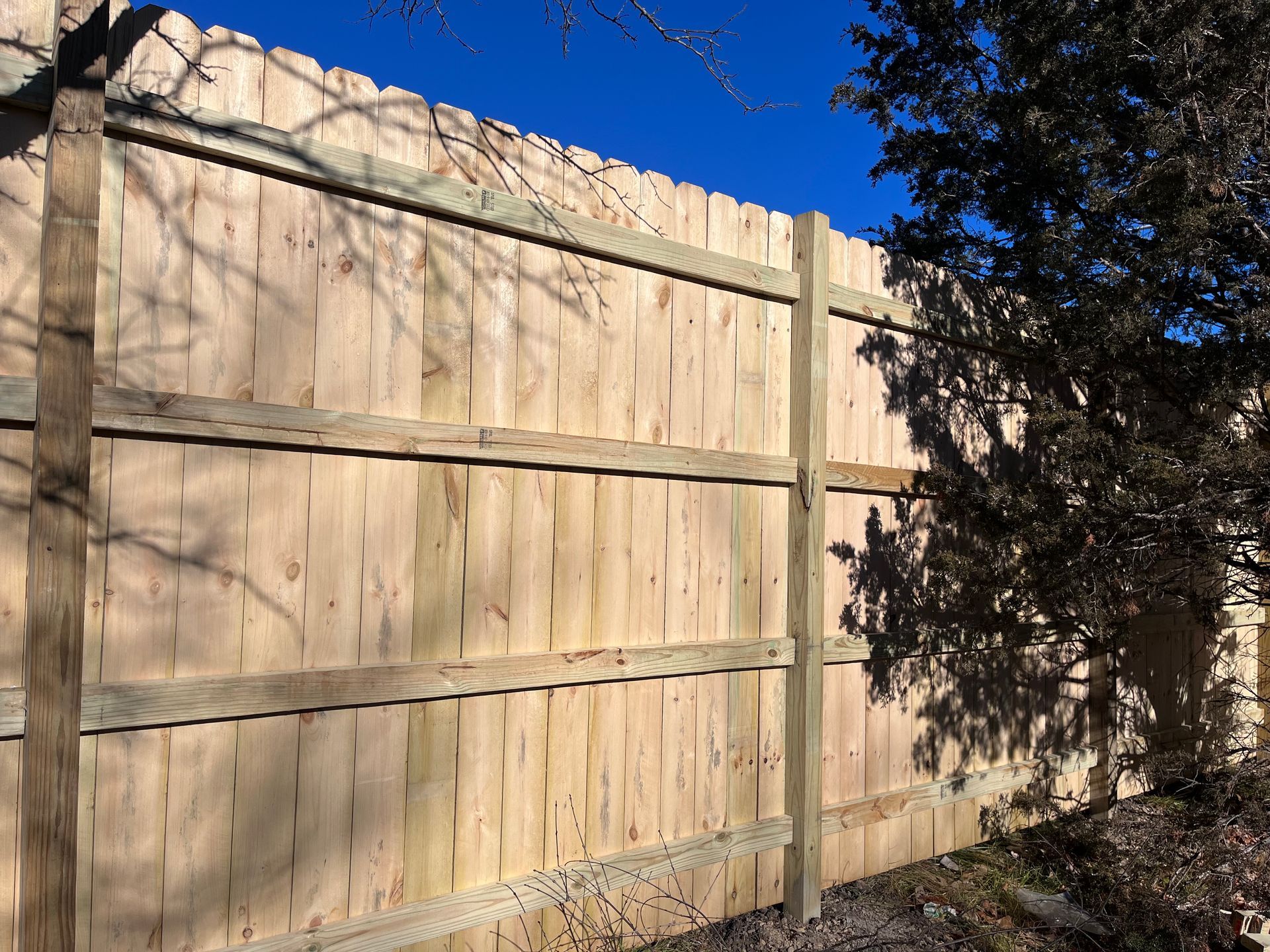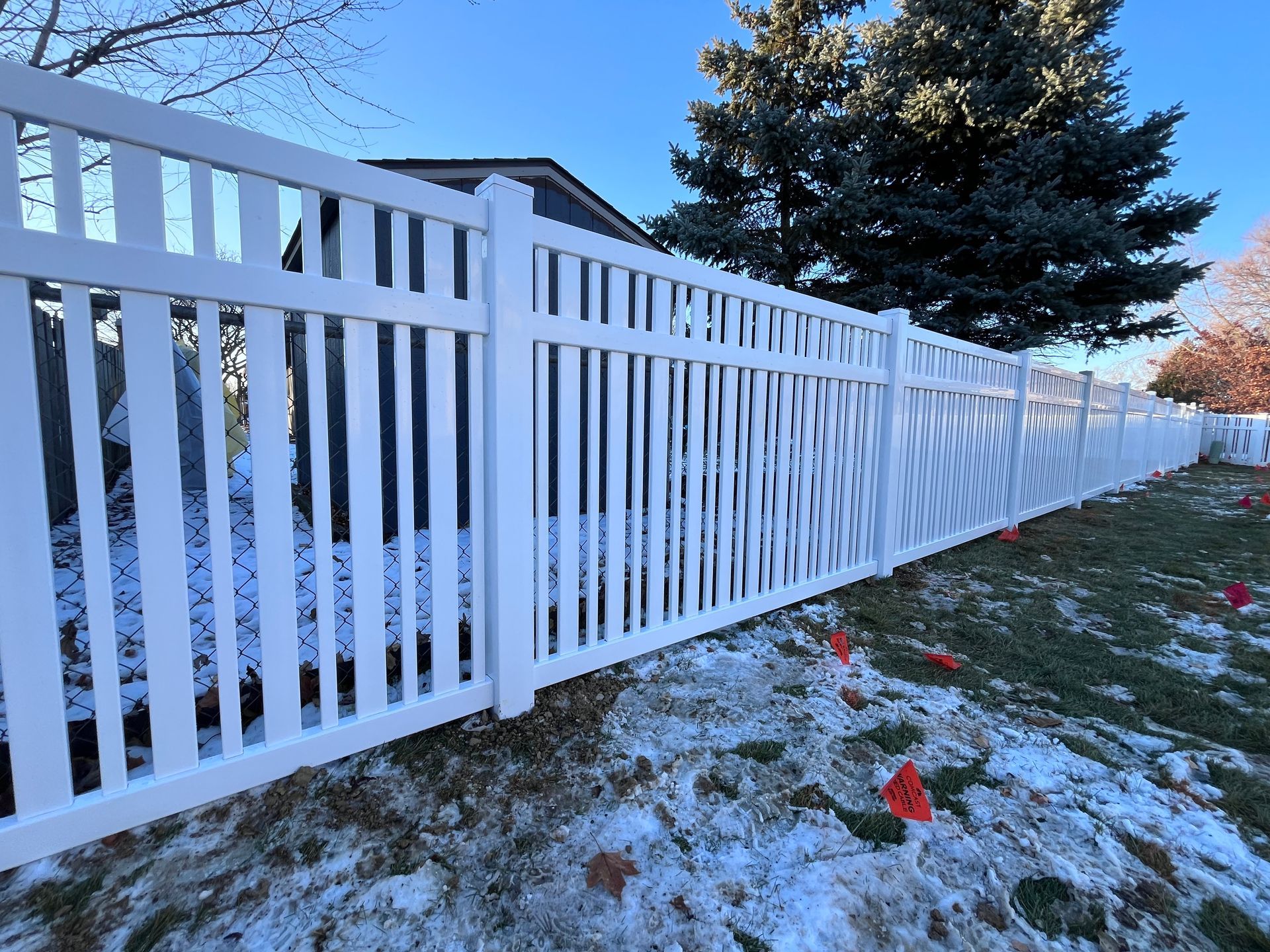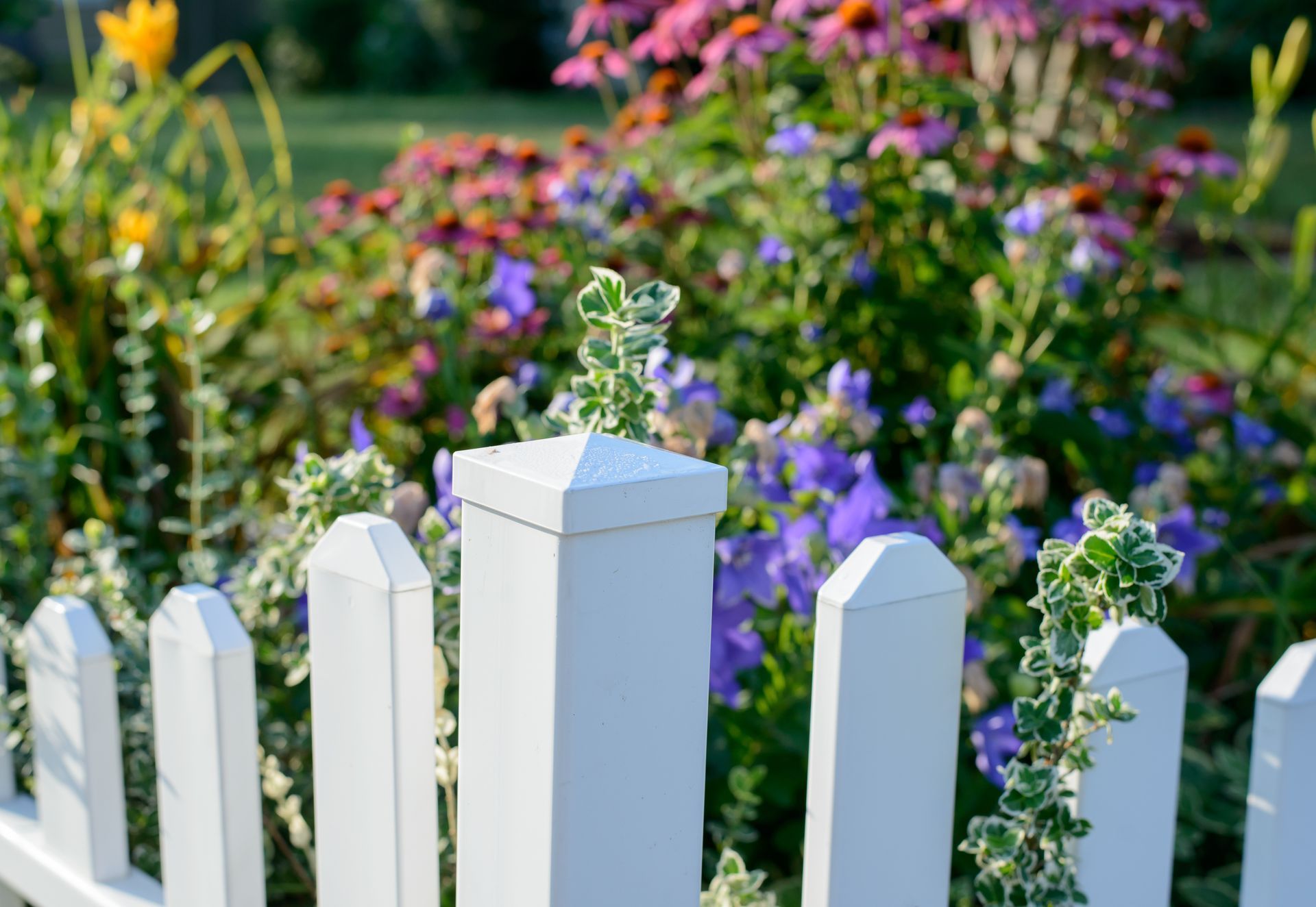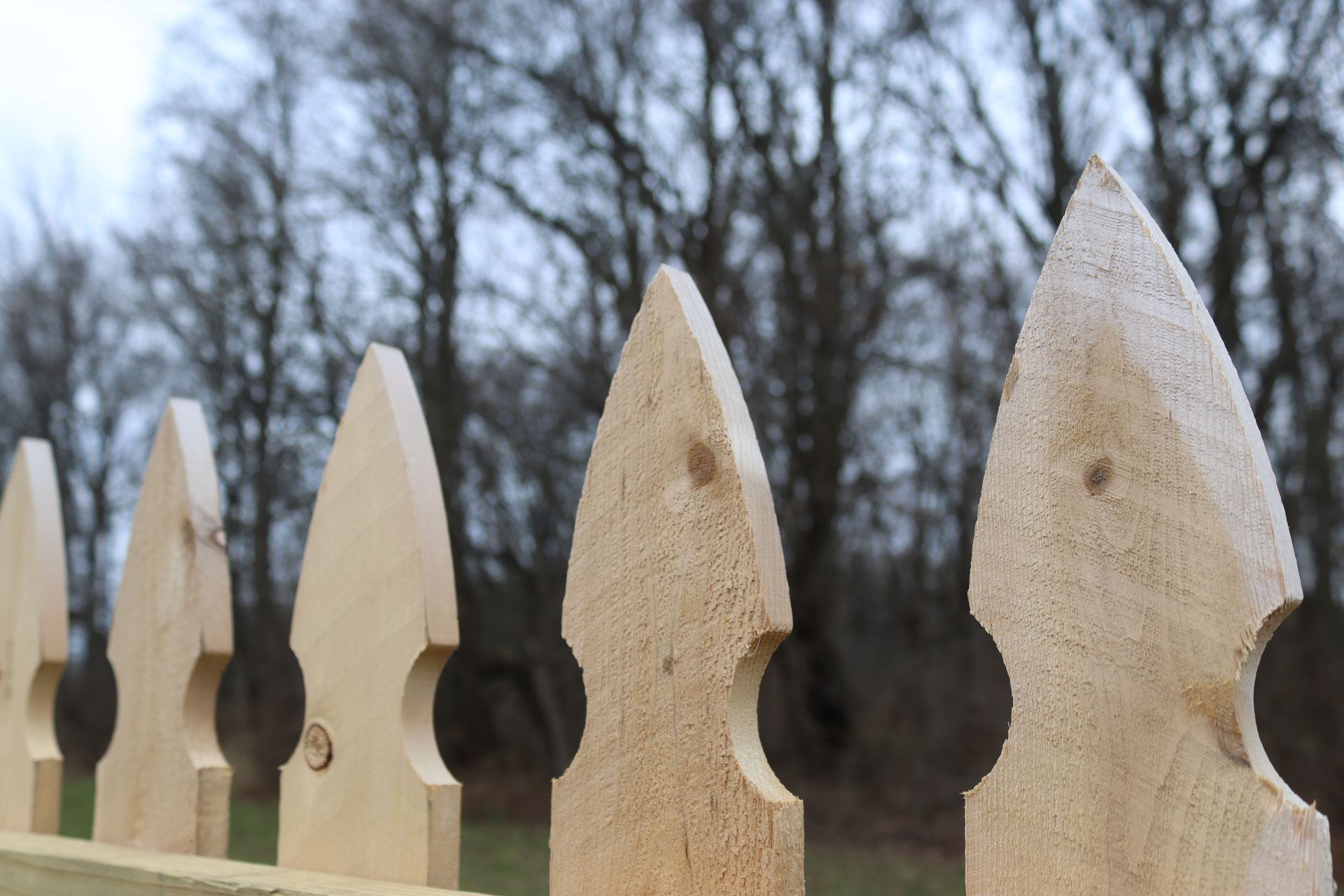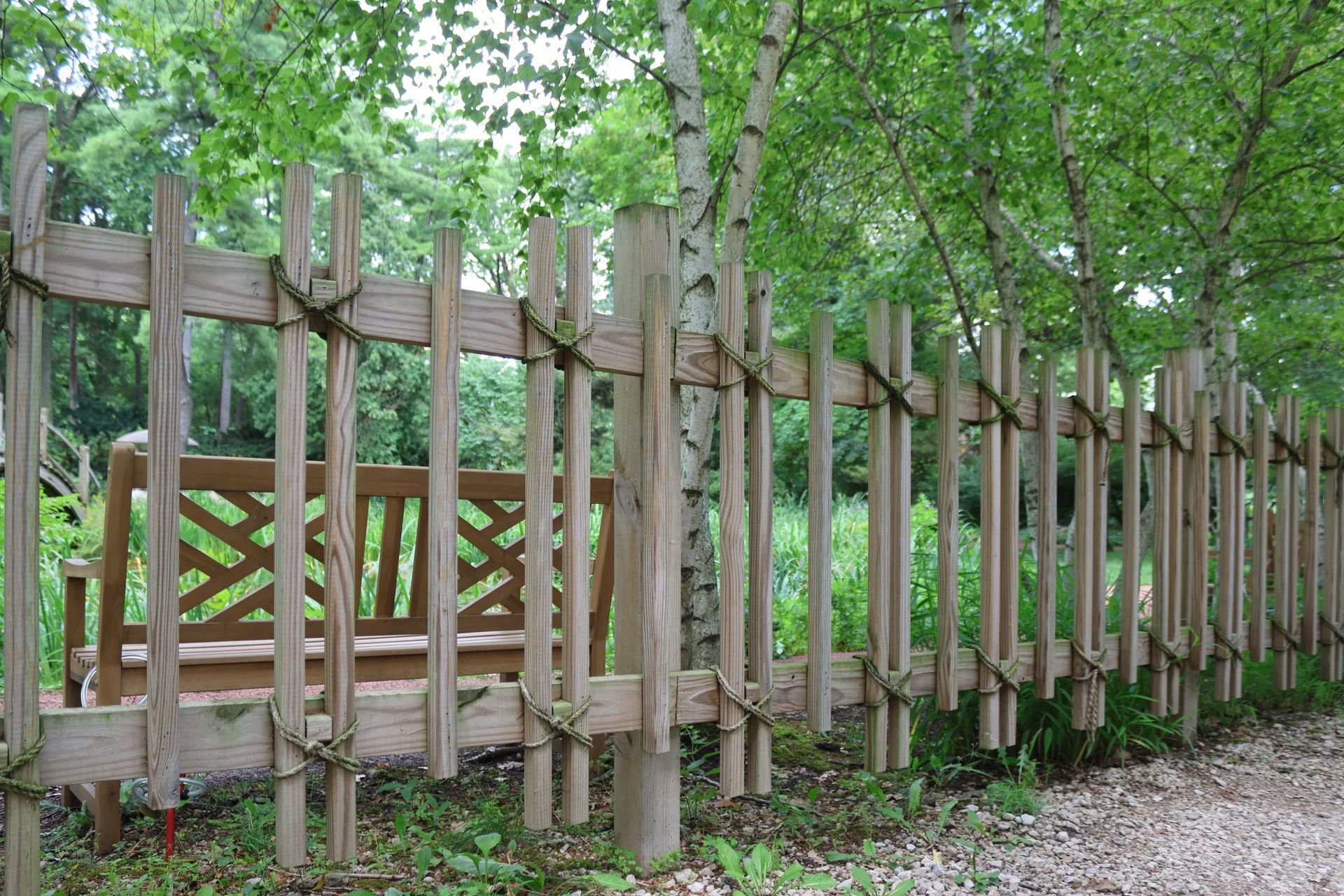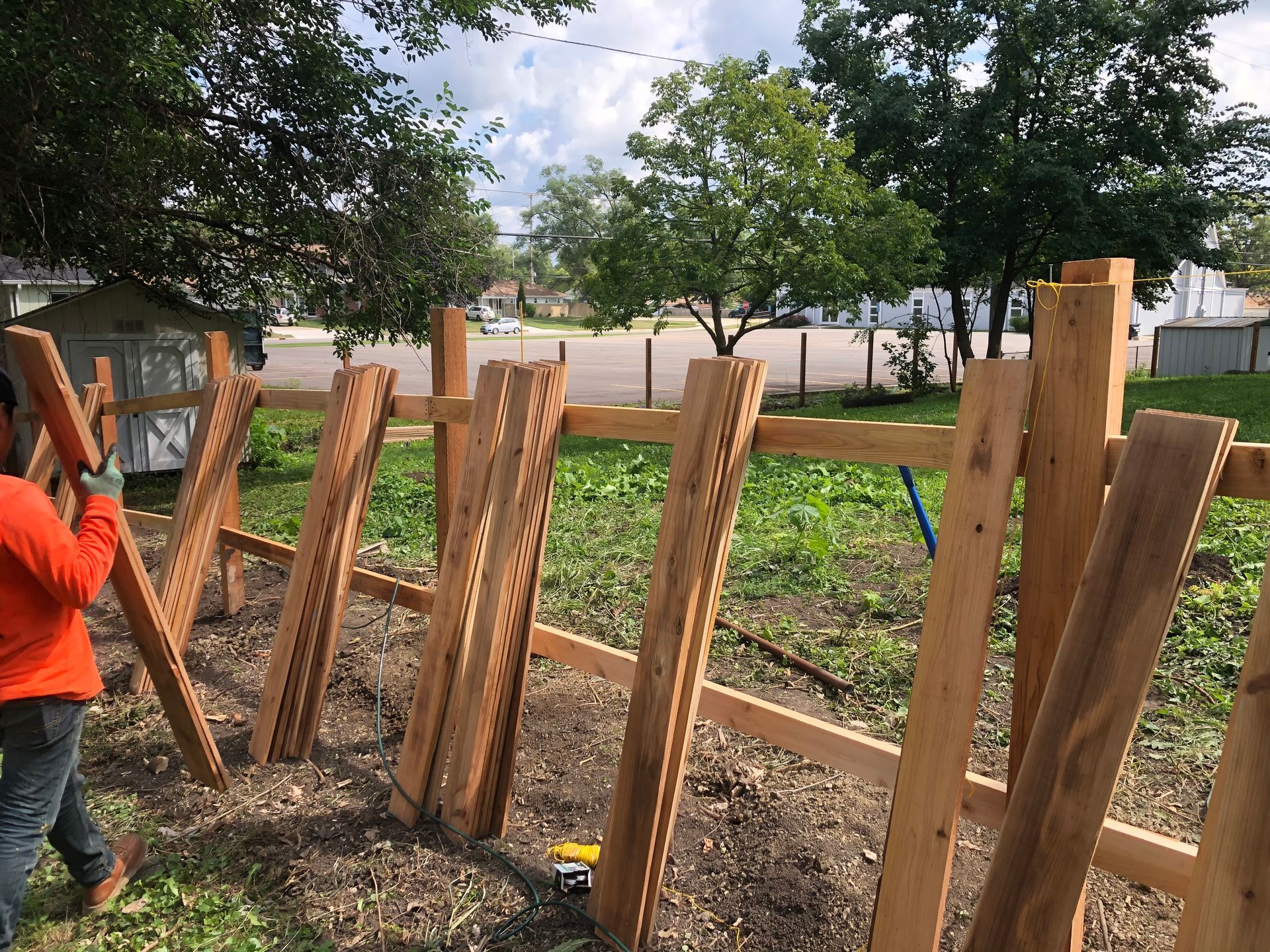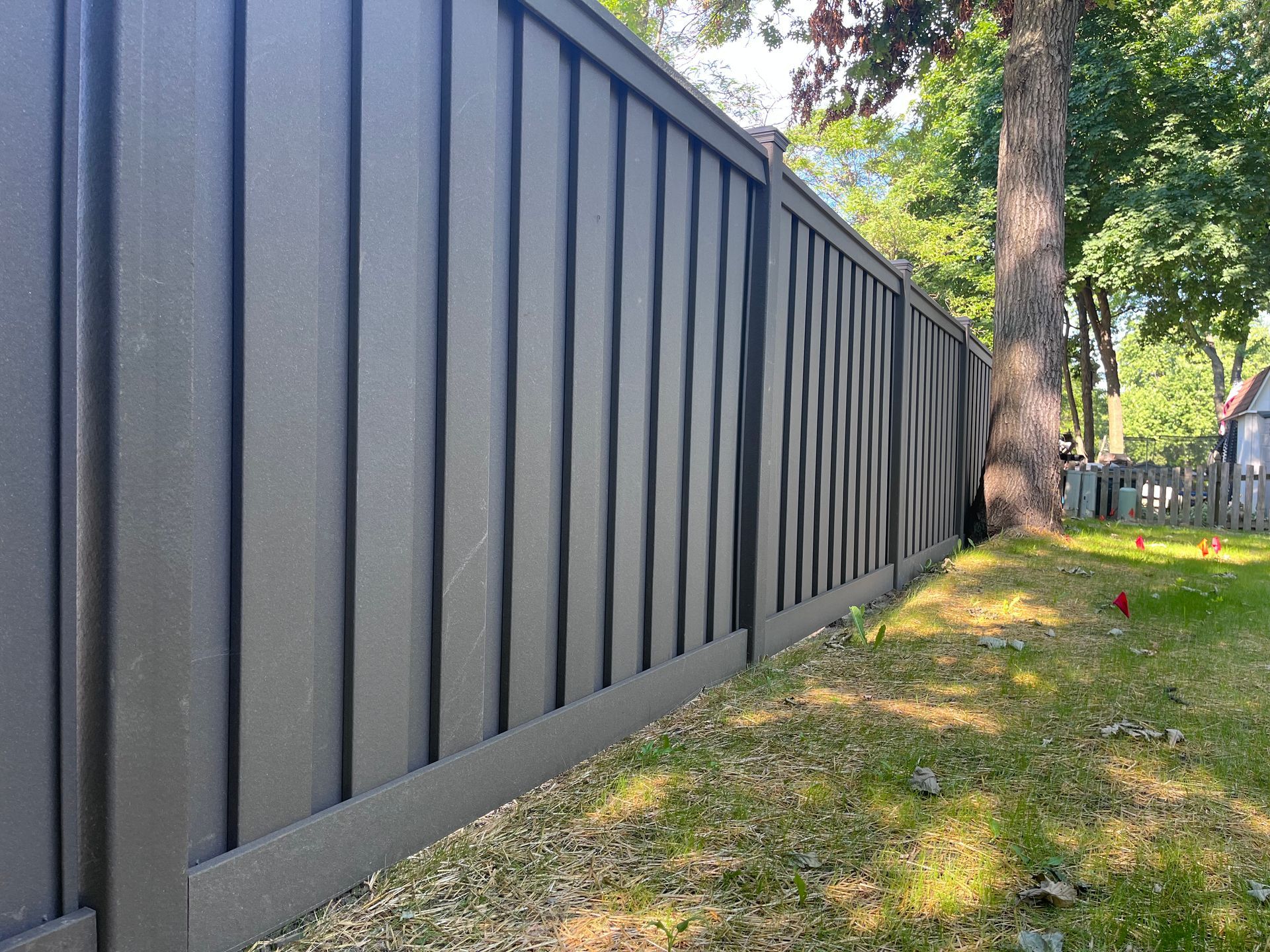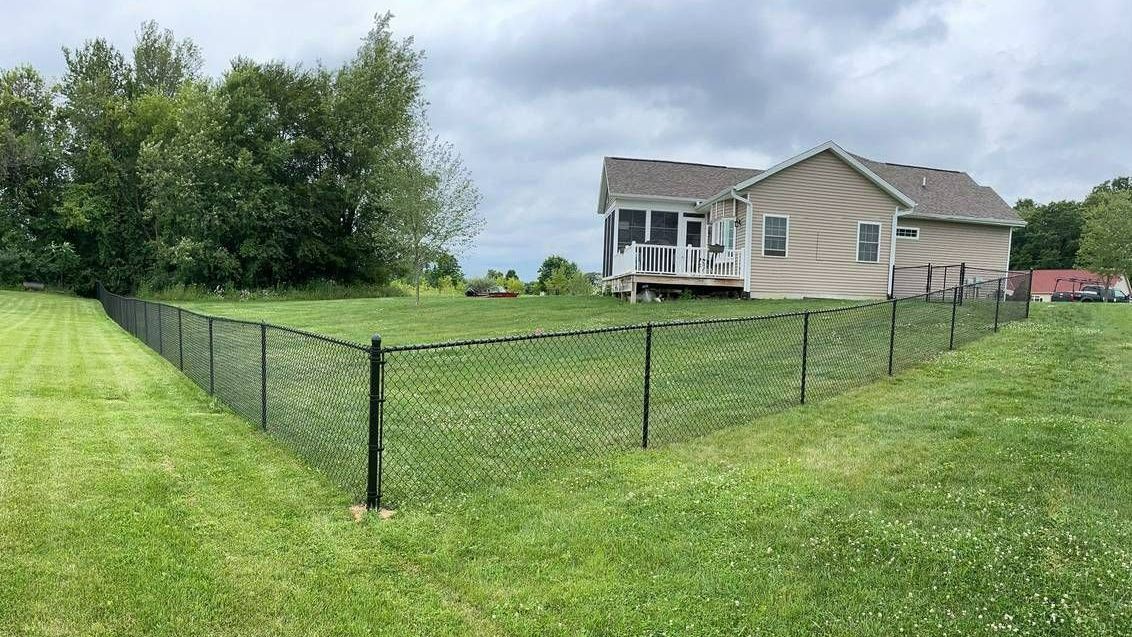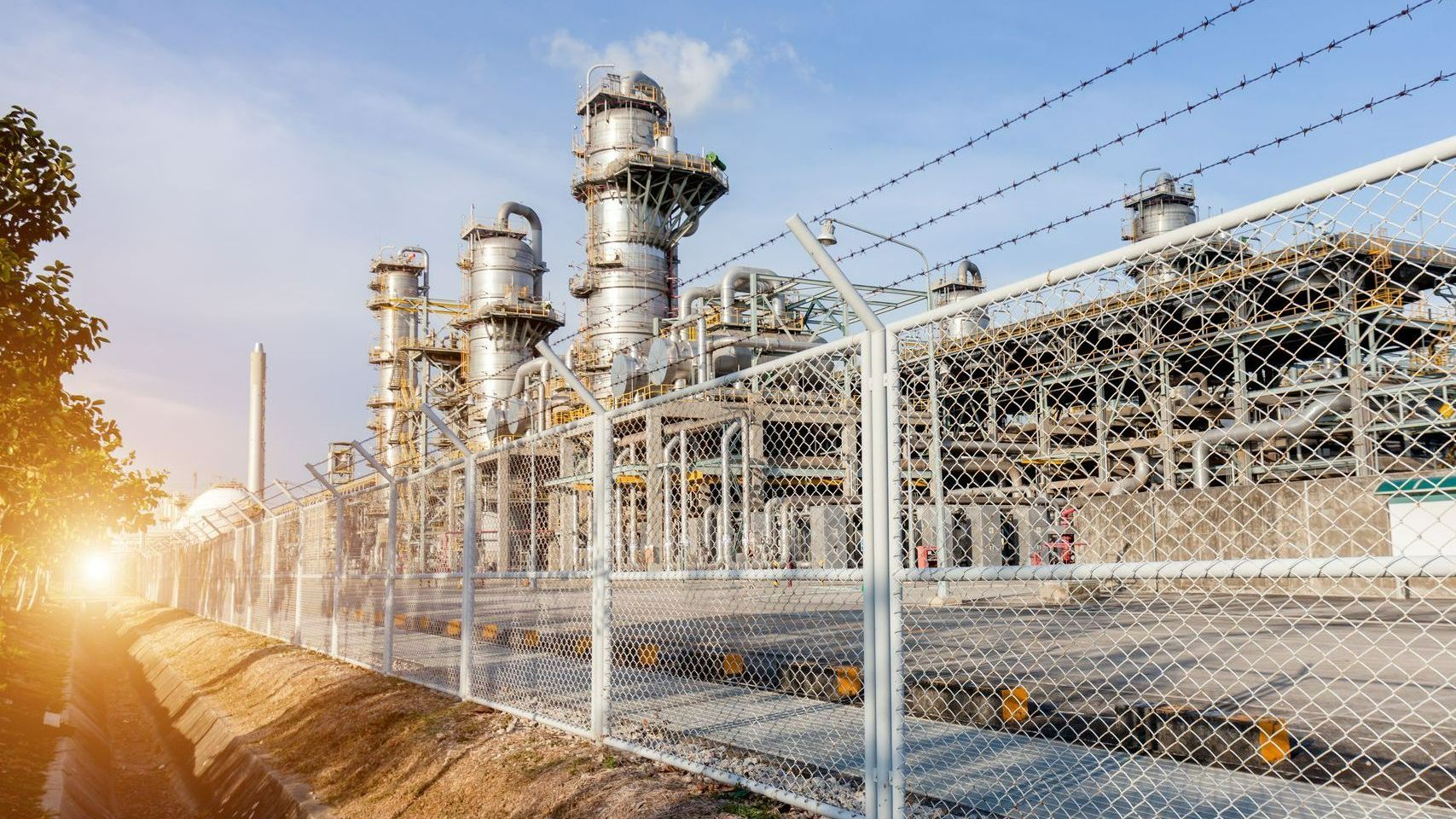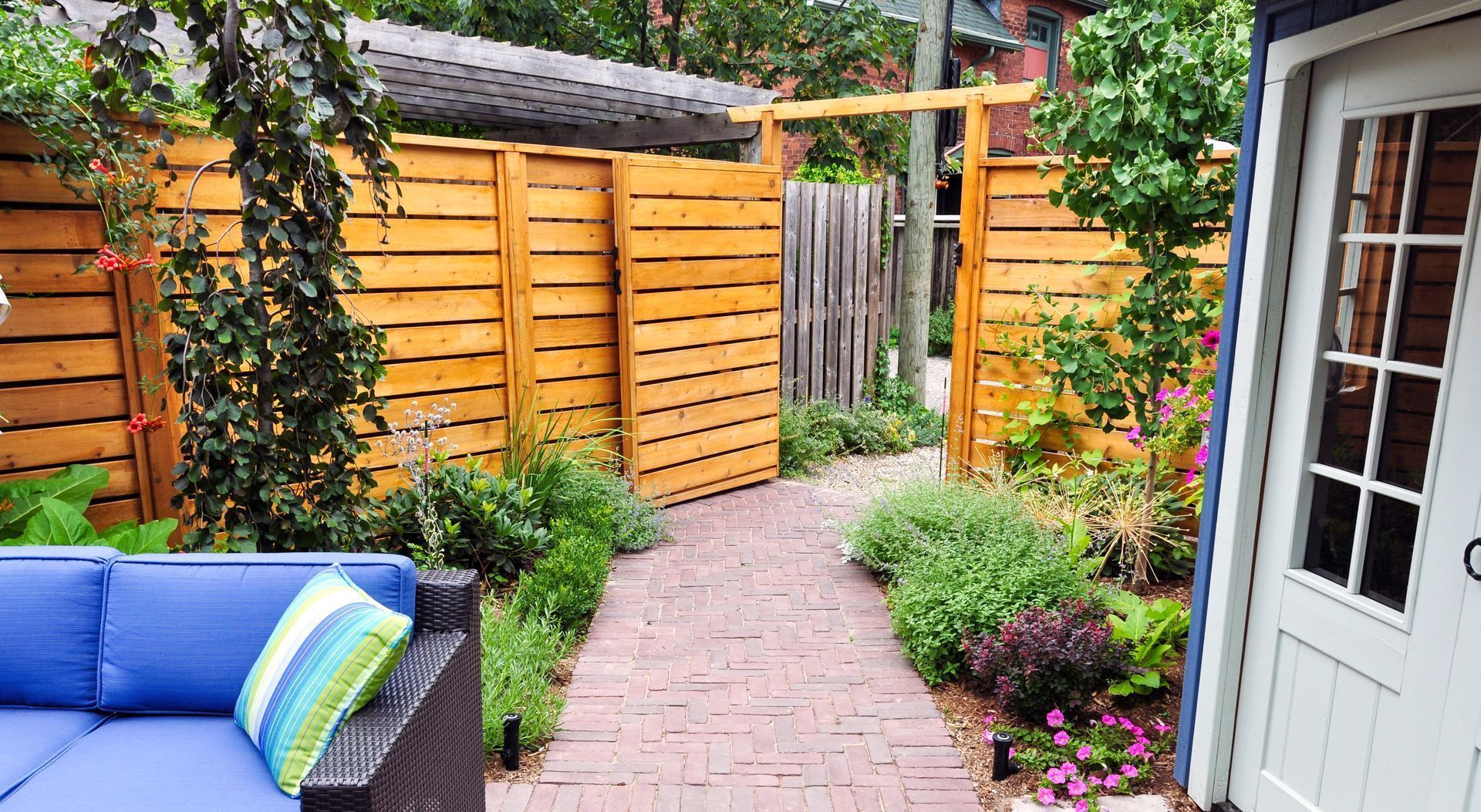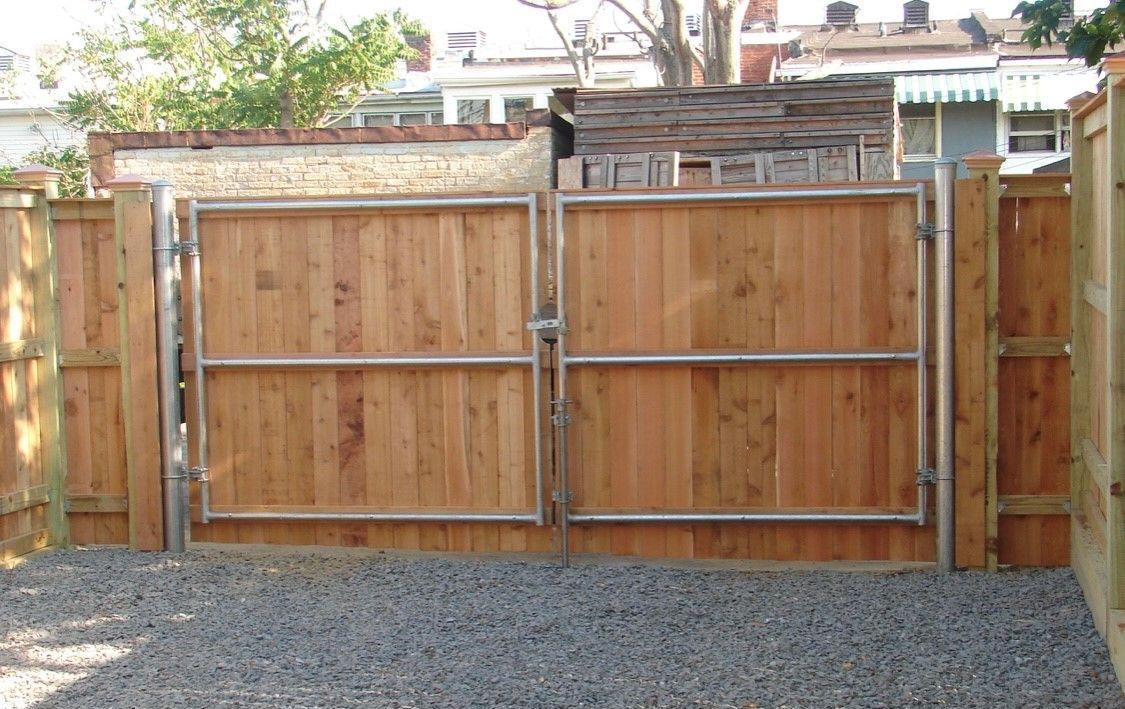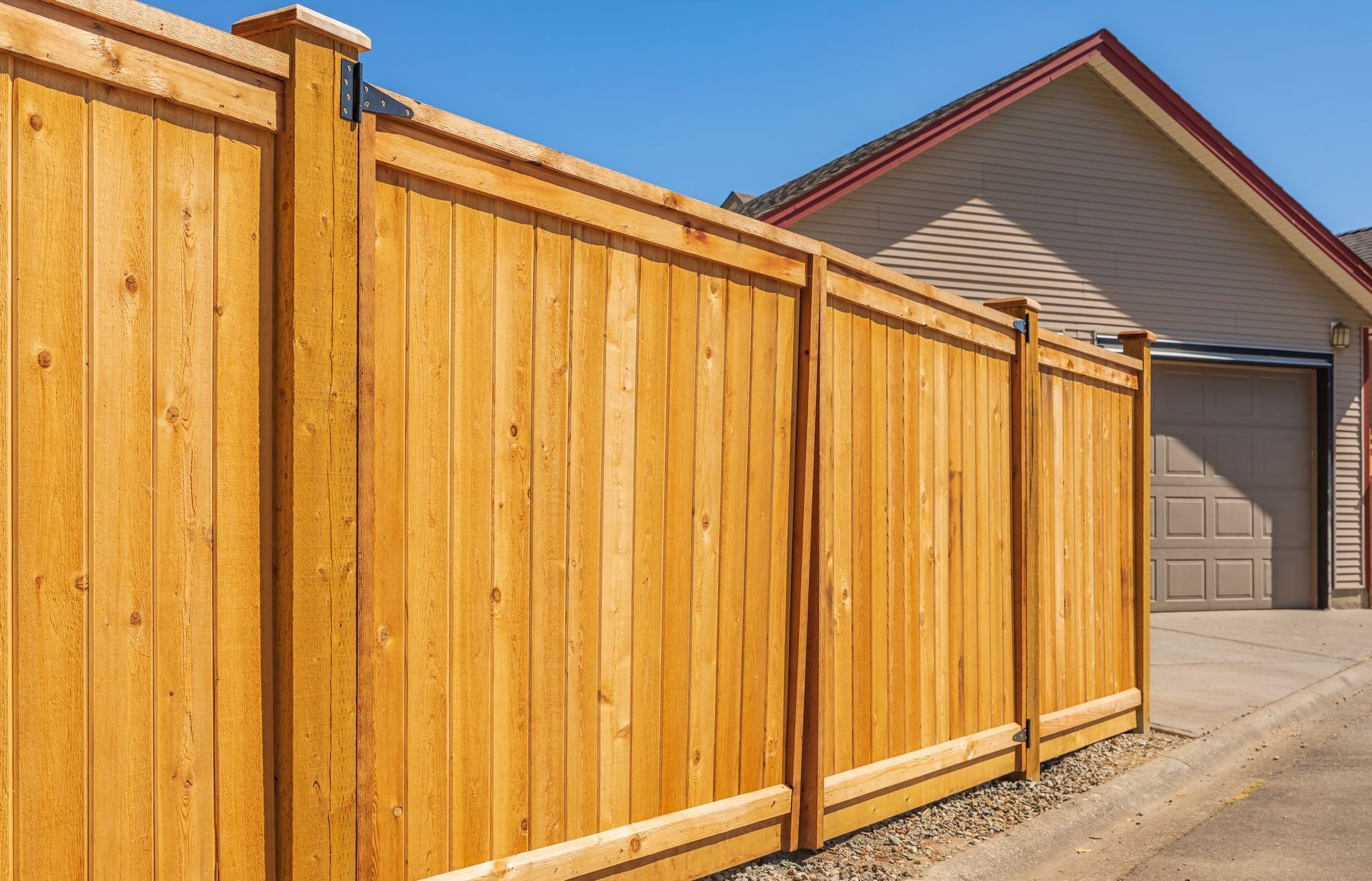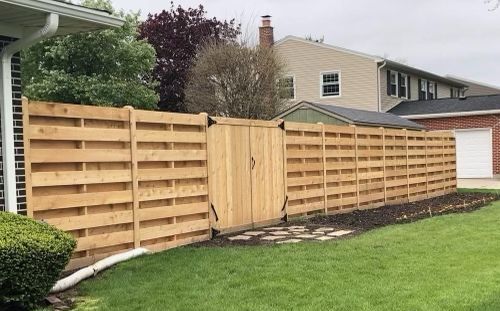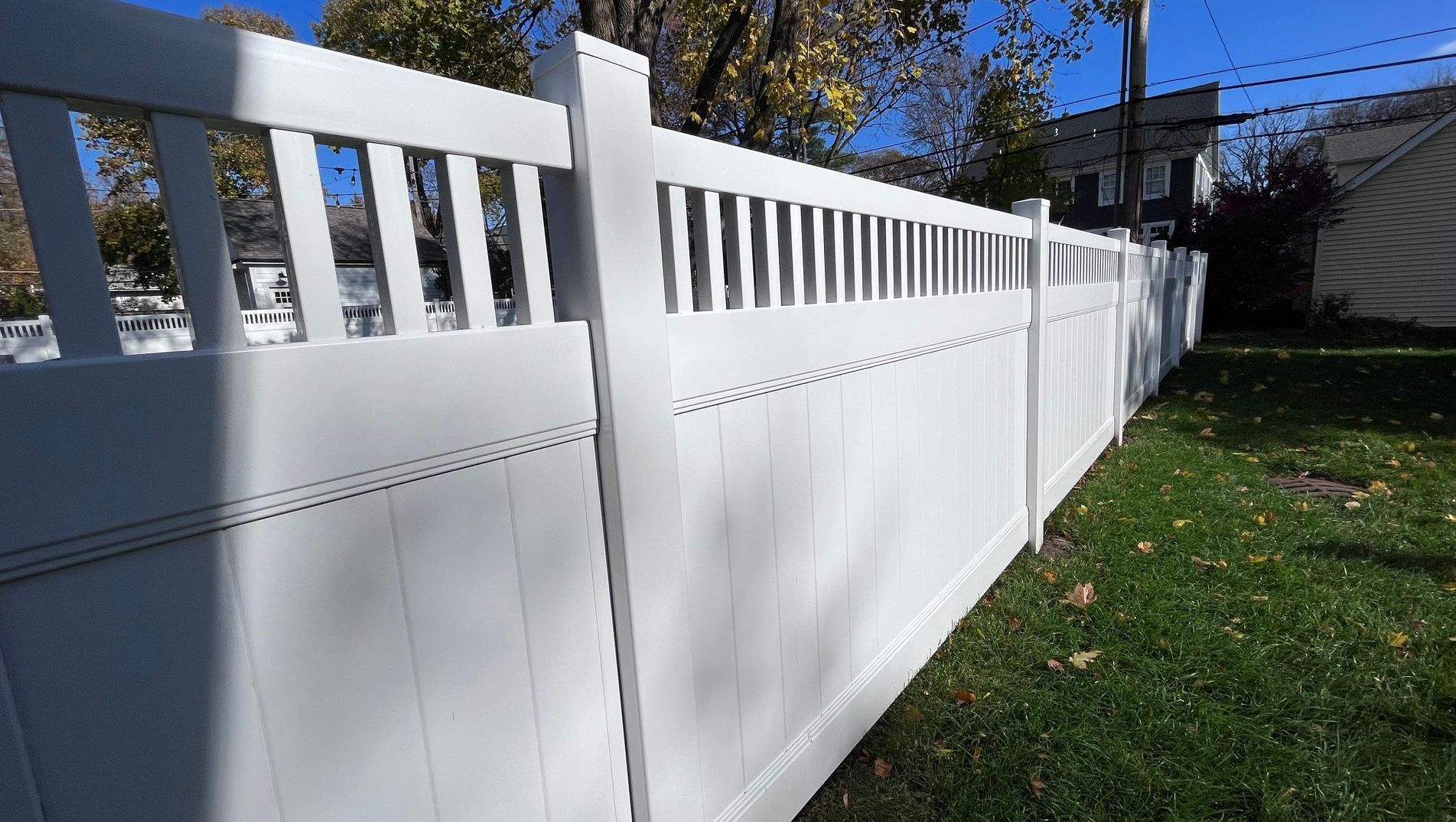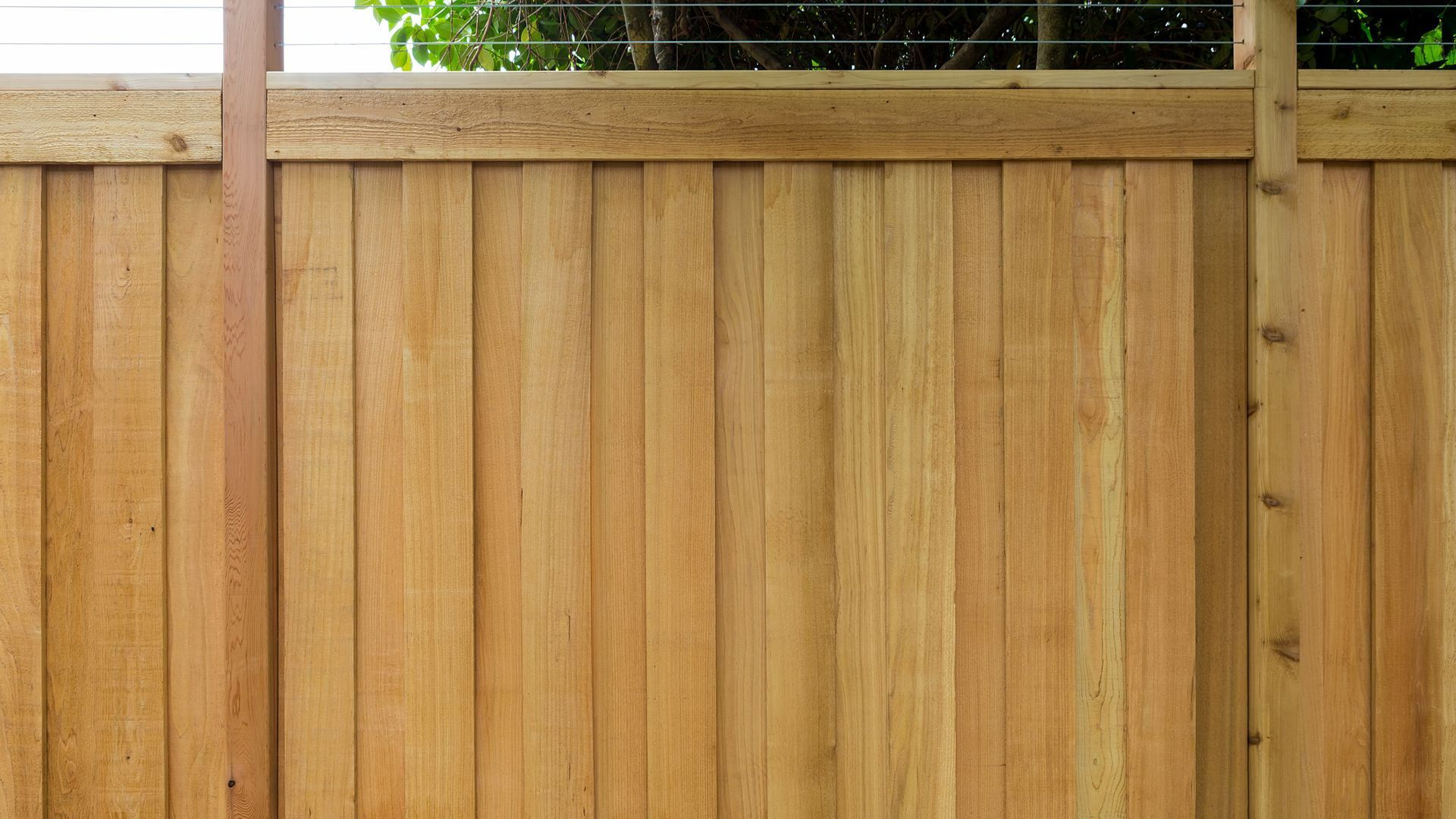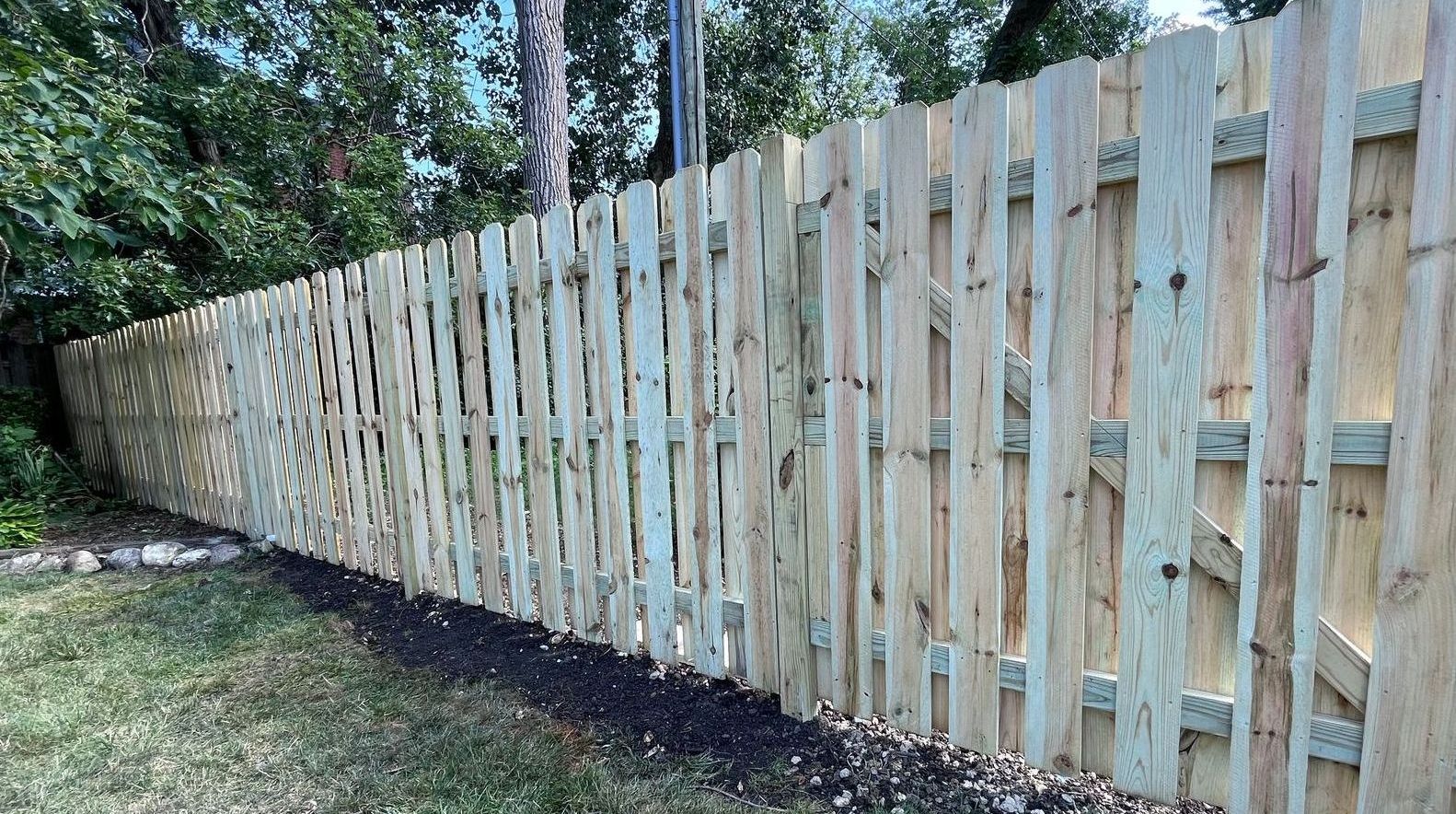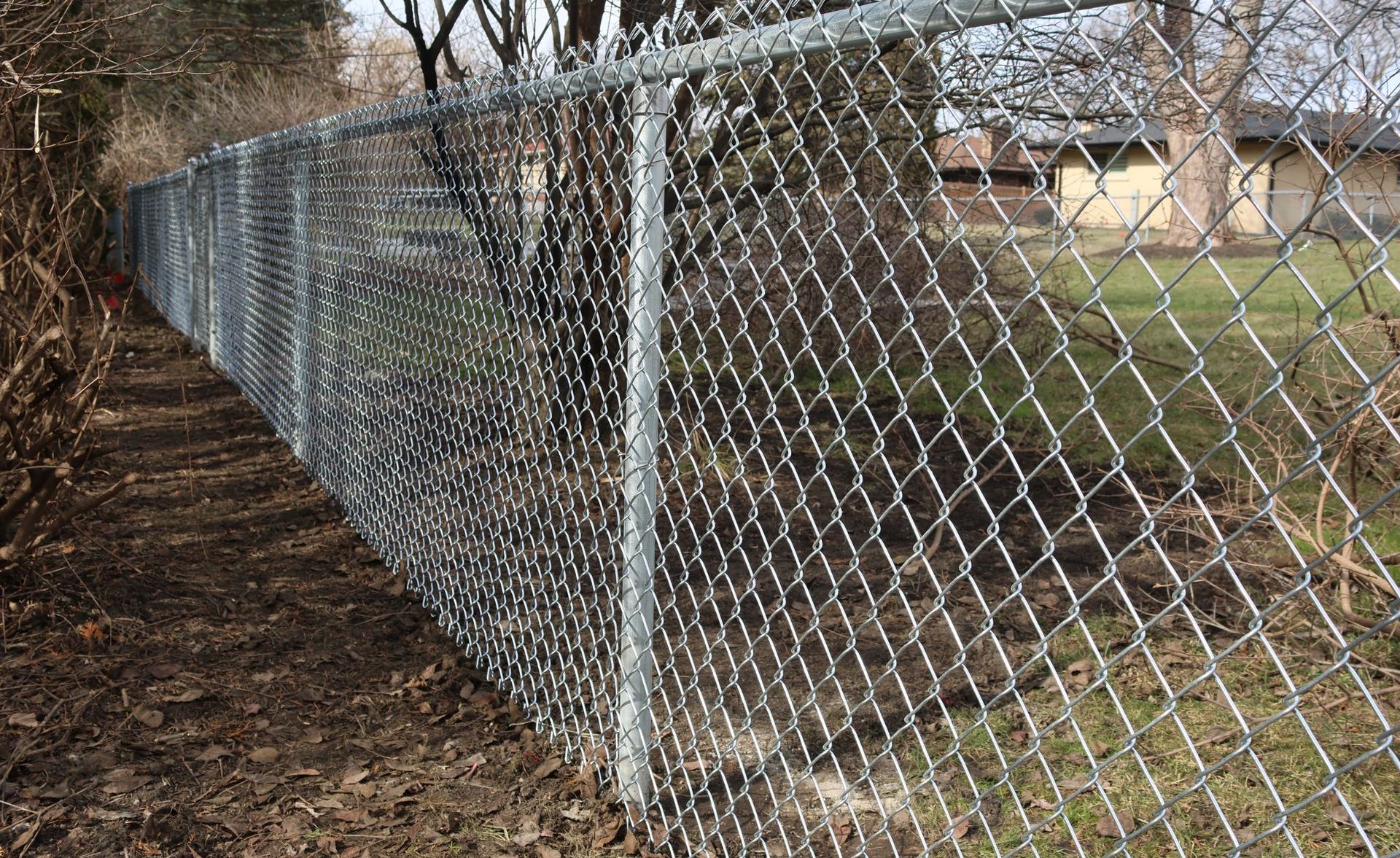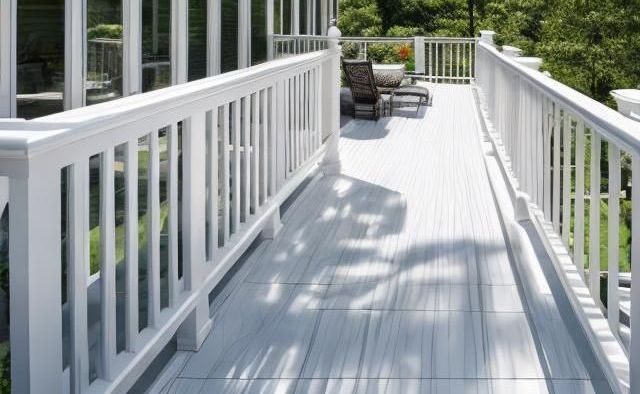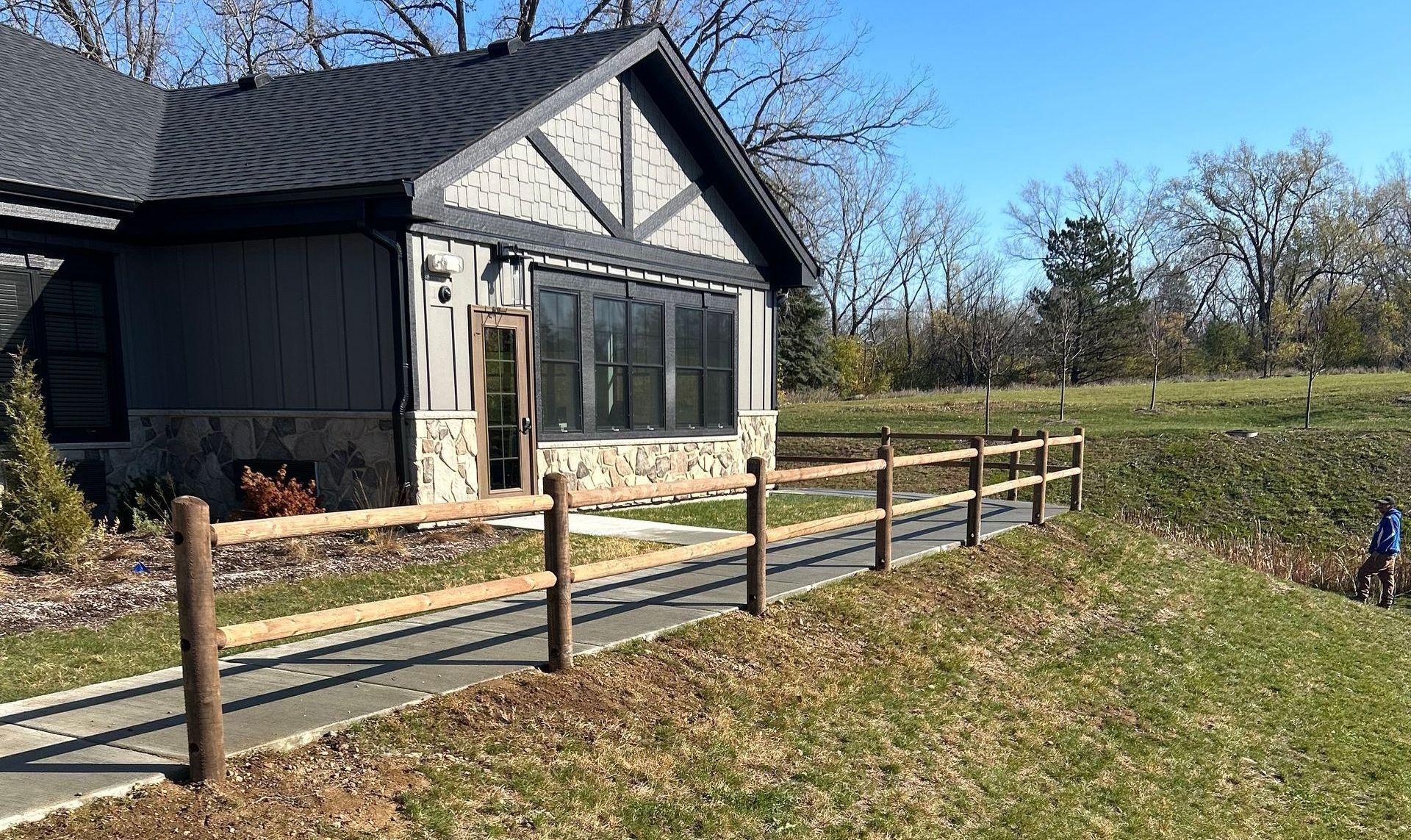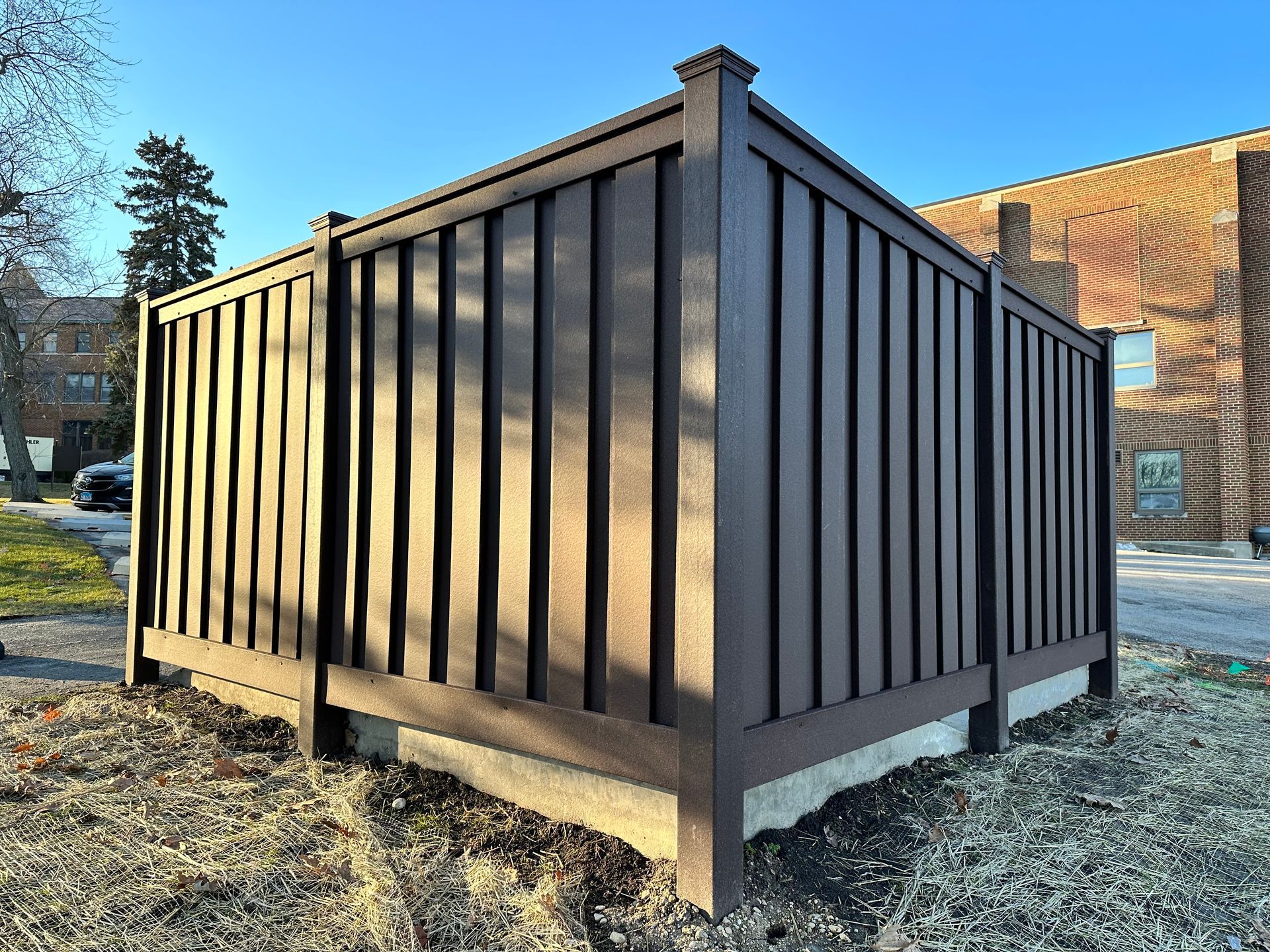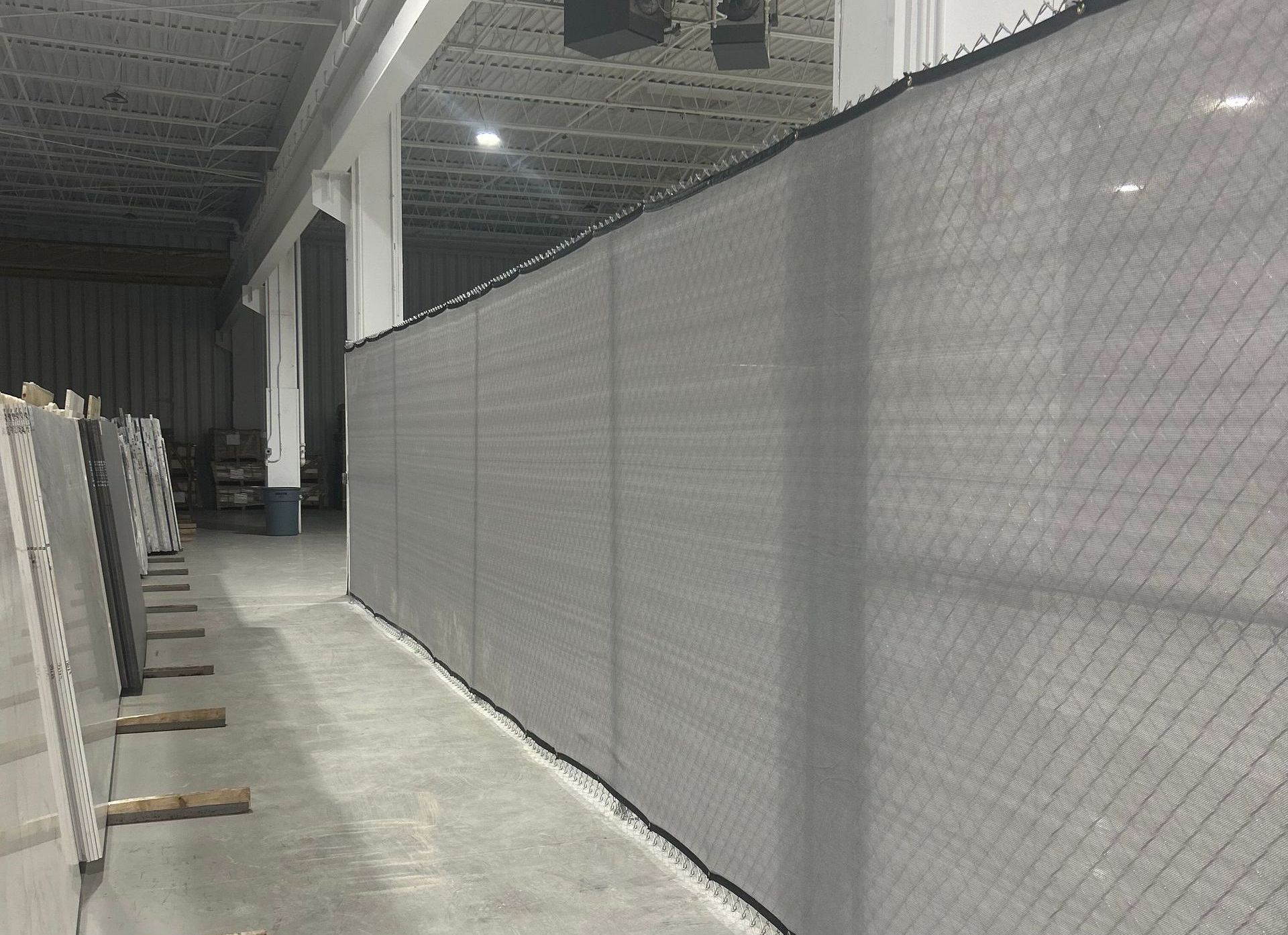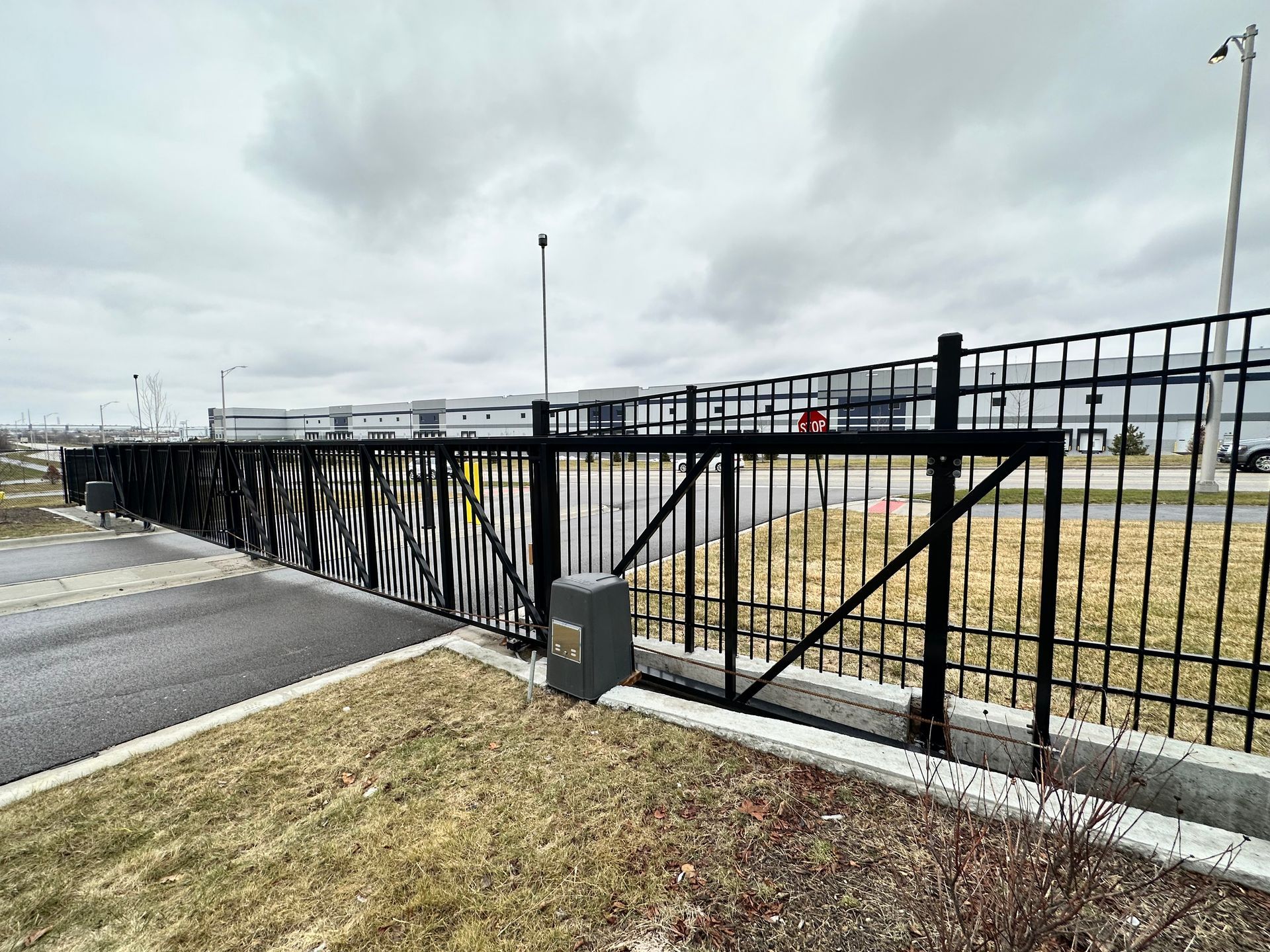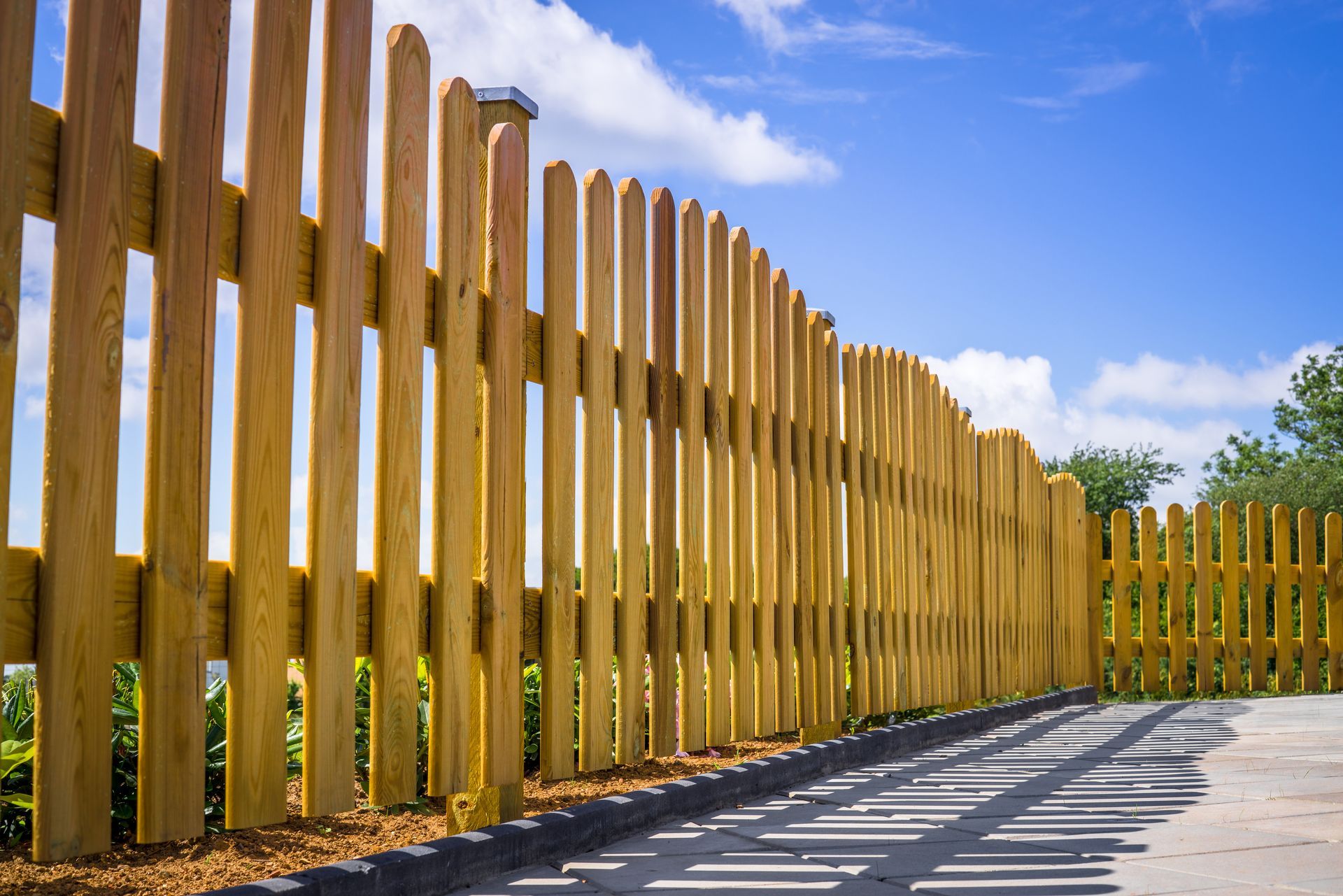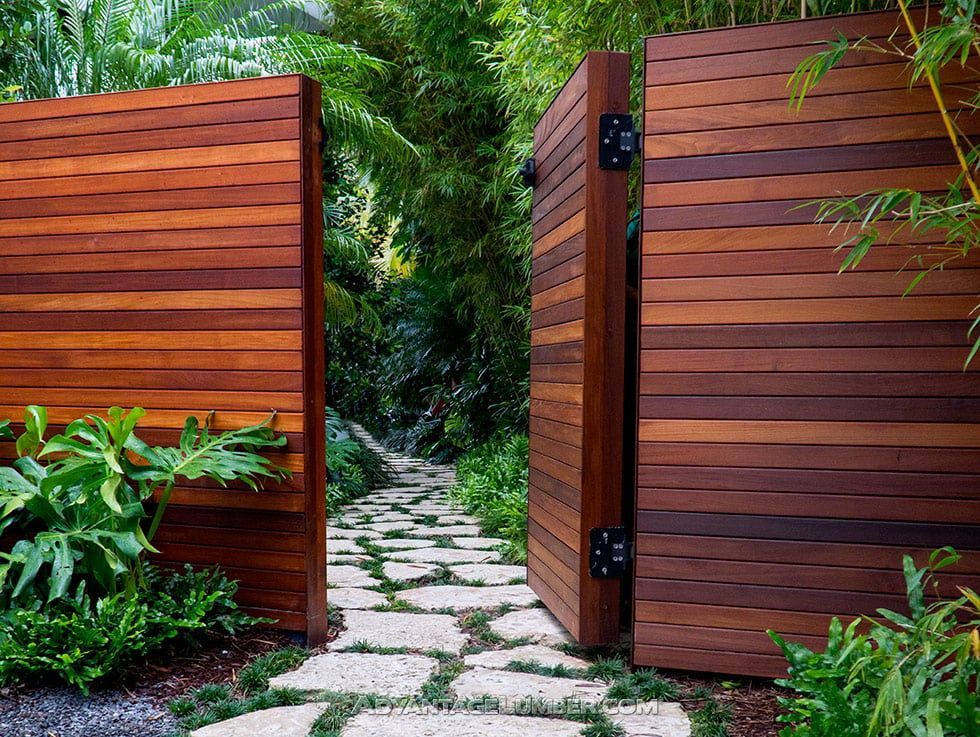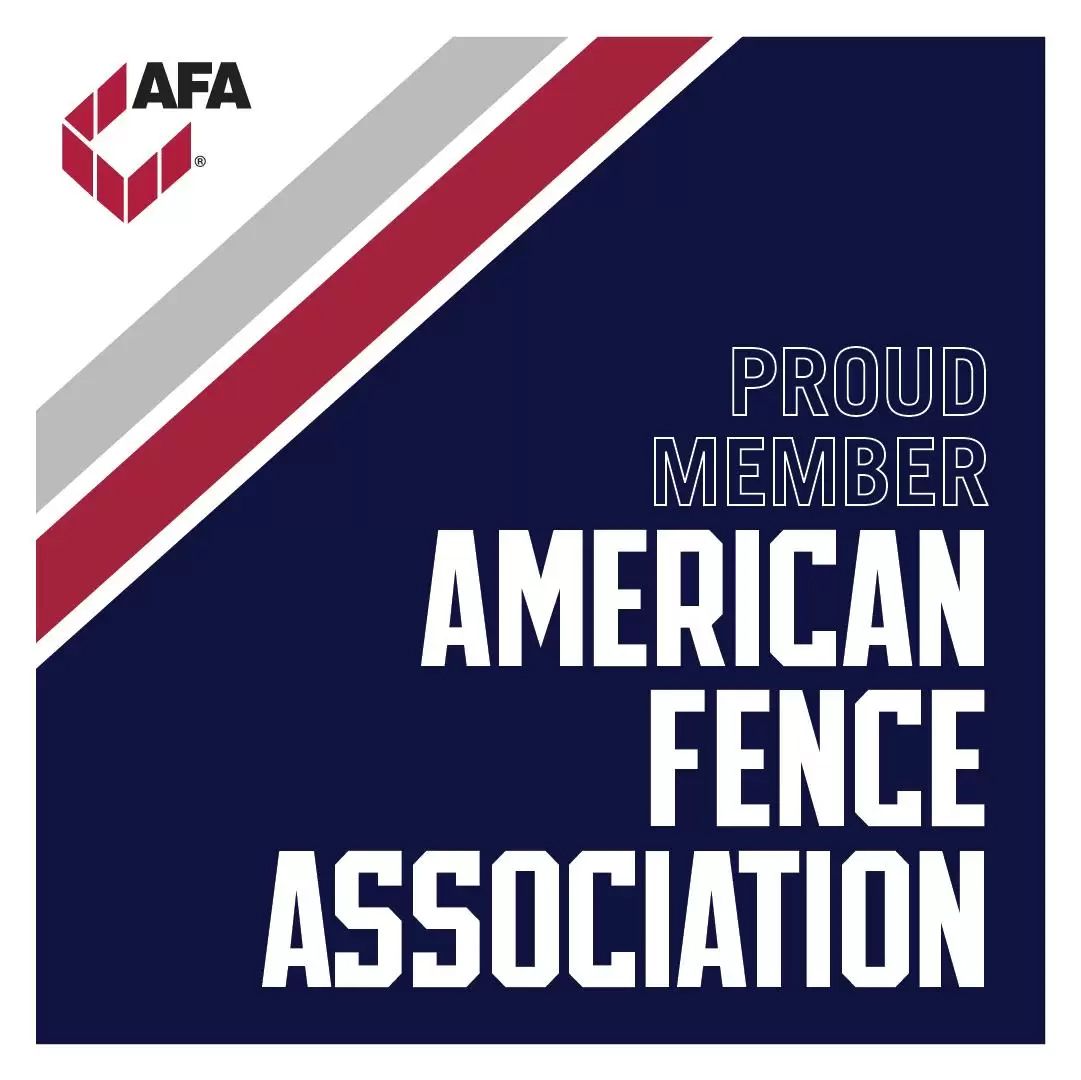How Cedar and Pine Fences Age Over Time (Photos: Year 1 to Year 5)
Cedar and pine are two of the most popular wood choices for residential and commercial fencing in Illinois. Homeowners love their natural beauty, but many are surprised by how quickly these fences change in appearance over time. Without proper maintenance, even the best-looking wood fences can turn gray, warp, or develop mildew. This article takes a visual journey through how cedar and pine fences age year by year — and offers proven ways to protect your investment.
Whether you're planning a new fence or trying to preserve an existing one, understanding the natural aging process is the first step to maintaining long-lasting curb appeal.
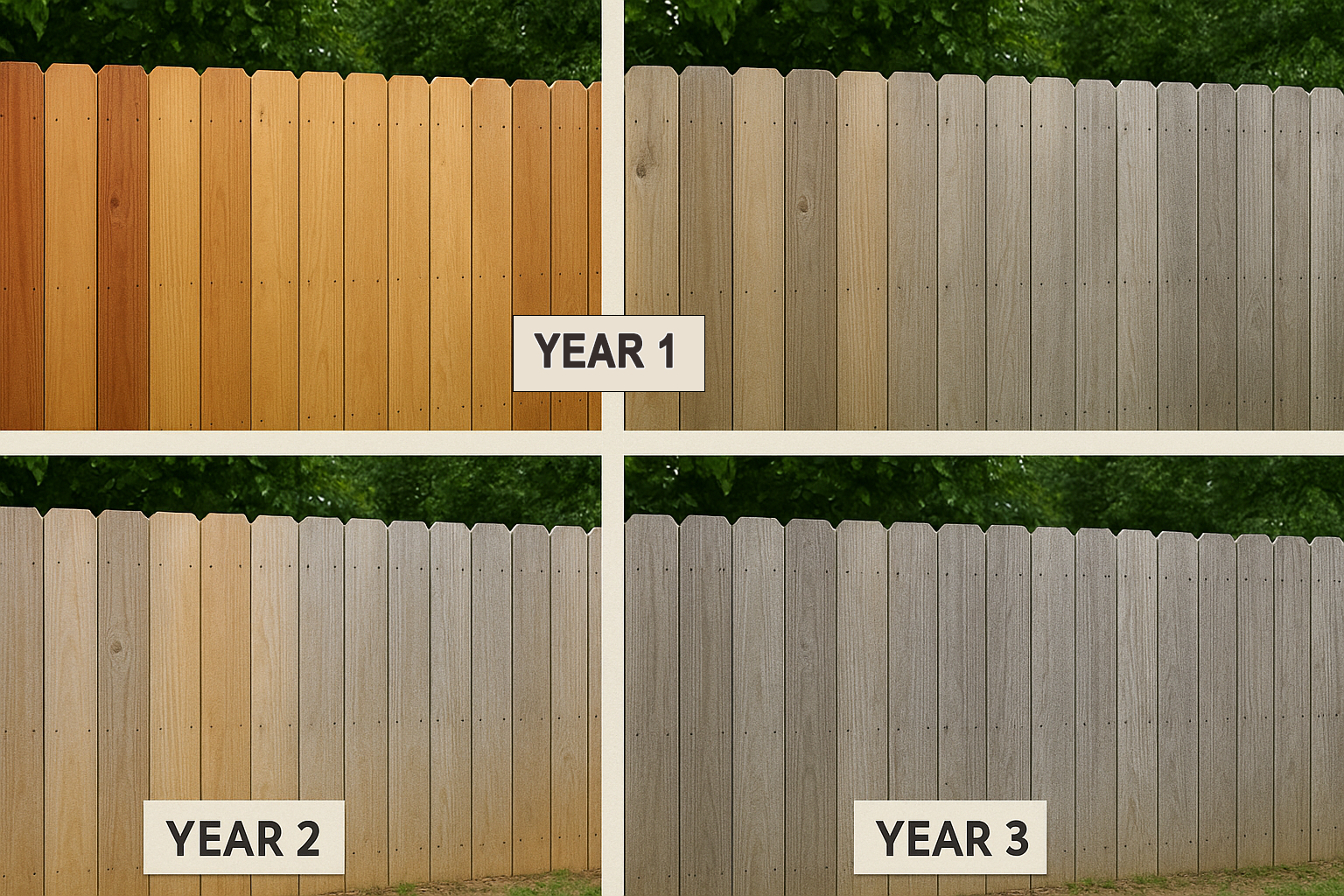
Why Do Wood Fences Age?
Wood fences are exposed to the elements year-round, making them highly susceptible to environmental wear and tear. Here's what accelerates aging:
Sunlight and UV Radiation
The sun’s ultraviolet rays break down lignin in the wood, which causes color fading and graying. This affects cedar and pine alike.
Moisture and Rain
Rain and humidity penetrate the wood fibers, causing expansion and contraction. This can lead to warping, cracking, and even fungal growth.
Temperature Changes
Cold winters and hot summers in Illinois stress the wood, especially untreated pine, leading to splintering or separation at the joints.
Lack of Maintenance
Unstained or unsealed wood fences start to degrade quickly, losing their rich color within the first year.
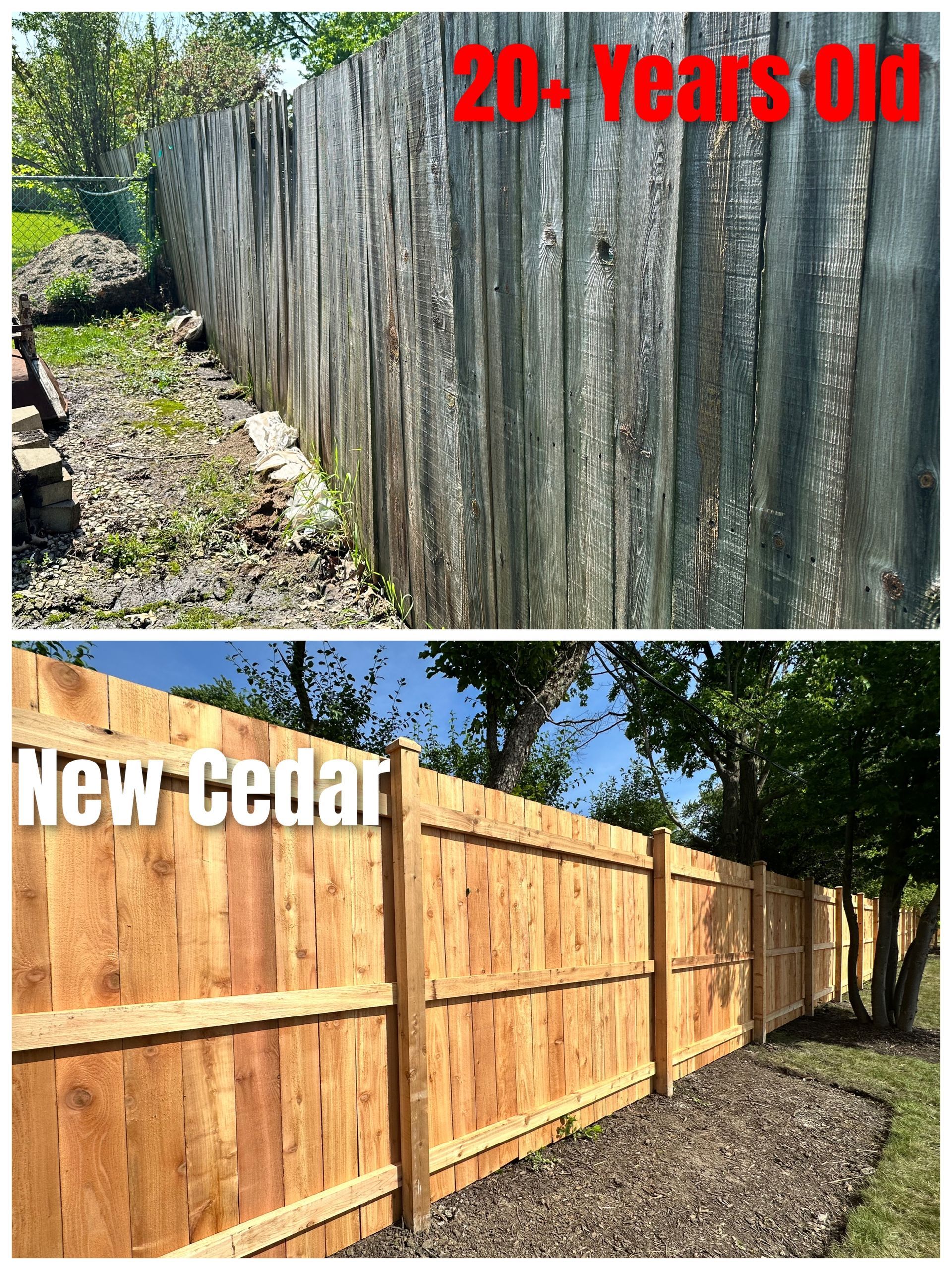
Cedar Fence Aging Timeline
Cedar fencing is known for its natural oils, which offer resistance to insects and decay. Still, it weathers over time if left untreated.
Year 1: Vibrant reddish-brown tones
Freshly installed cedar displays a beautiful warm color with visible grain patterns.
Year 2: Light brown to golden hue
The fence begins to fade in areas exposed to constant sun or rain.
Year 3: Silvery gray begins to spread
UV damage becomes more visible, and the wood takes on a uniform gray appearance.
Year 5+: Weathered and muted tones
Without treatment, cedar develops cracks, surface checks, and a dull gray patina.
Pine Fence Aging Timeline
Pressure-treated pine fencing is affordable and widely used, but less naturally resilient than cedar.
Year 1: Light golden or greenish tint
New pine often has a yellowish or green hue due to the pressure treatment.
Year 2: Patchy fading and discoloration
The wood can look blotchy or uneven, especially if sun exposure is uneven.
Year 3: Gray, with possible warping
Without a water-resistant coating, pine boards can twist, cup, or split.
Year 5+: Potential decay or rot
If improperly sealed, pine posts in contact with the ground may show rot or mold growth.
Cedar vs. Pine – Which Ages Better?

Cedar tends to age more gracefully, maintaining structural integrity and a more uniform appearance over time. Pine, while cost-effective, requires more aggressive maintenance to stay attractive and stable.
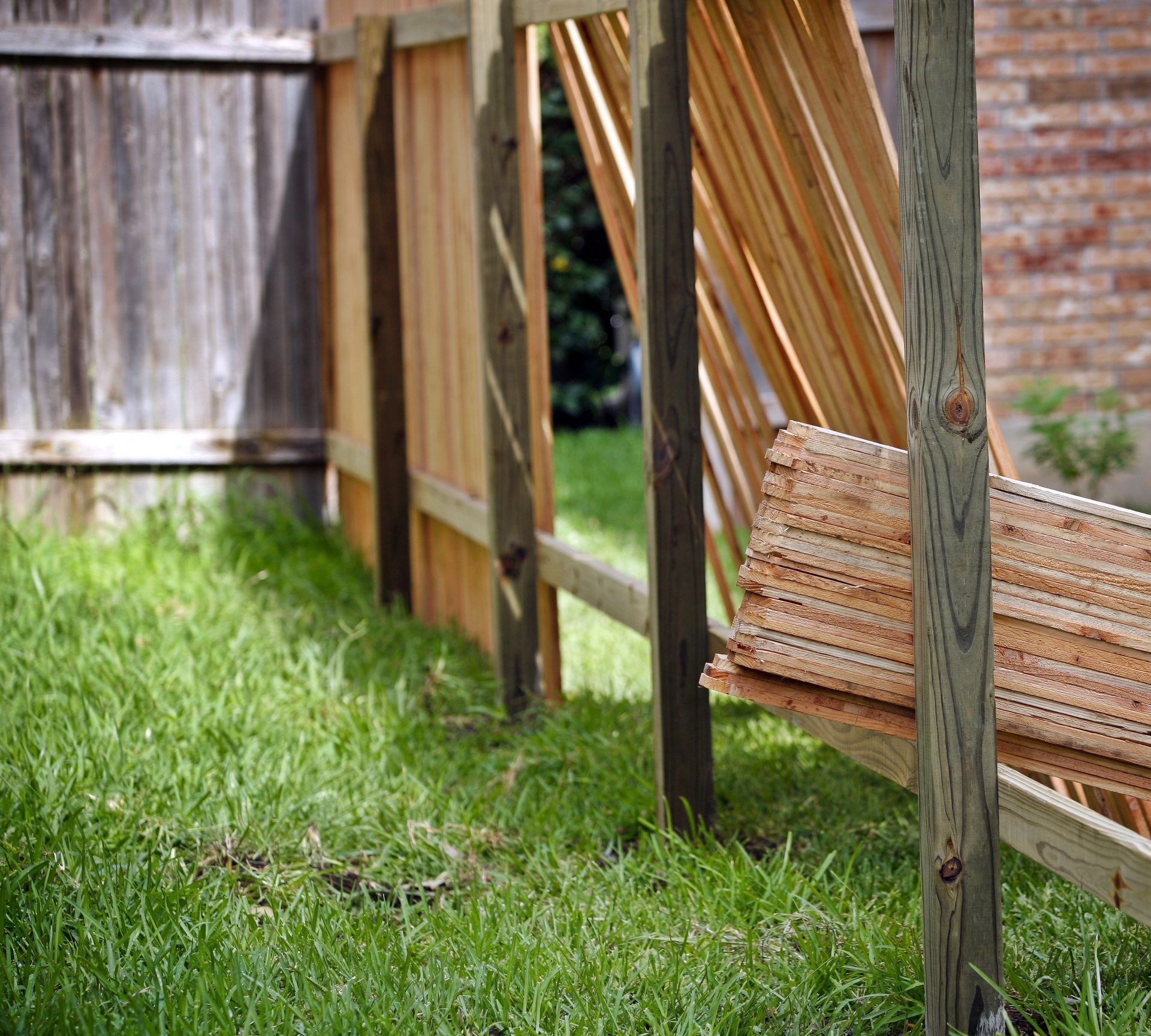
How to Prevent Fence Aging: 5 Proven Solutions
Use a High-Quality Stain
Semi-transparent or solid-color stains with UV blockers help preserve the original color of your fence while allowing the grain to show through.
Apply a Water-Repellent Sealant
Sealing your fence prevents moisture absorption, reducing the risk of warping, cracking, and mold growth. Reapply every 2–3 years.
Wait Before Staining New Wood
Allow new cedar or pine to dry and cure (typically 4–8 weeks) before applying stain or sealer to ensure proper penetration.
Clean and Power Wash Annually
Remove dirt, mildew, and algae using a mild wood cleaner or light pressure washing to restore the fence's appearance.
Schedule Professional Maintenance
DIY maintenance isn’t always enough. Annual inspections by professionals can extend your fence’s life and catch early signs of damage. Using professional fence staining service is recommended.
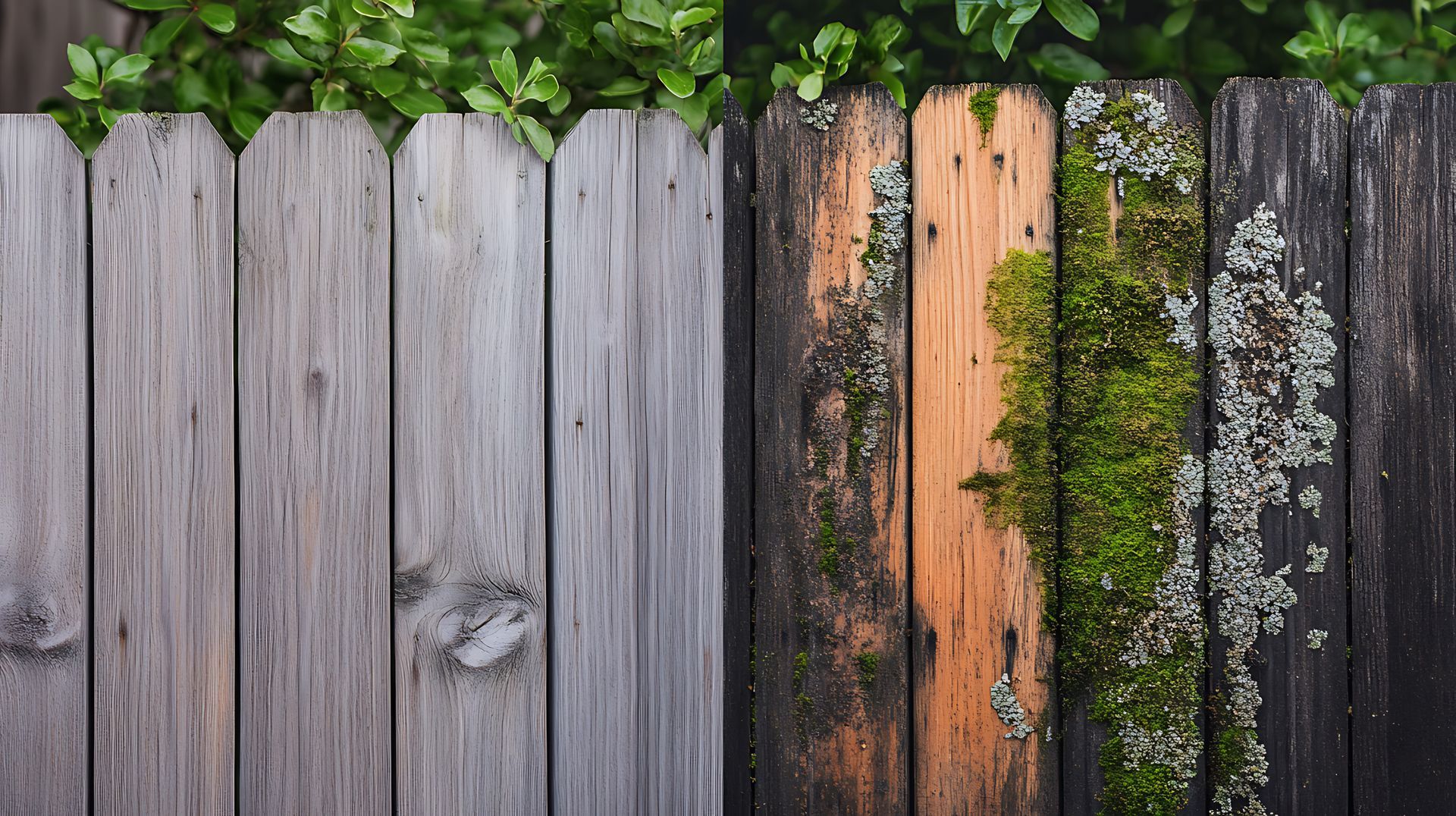
Restore or Protect Your Fence with Help from 76 FENCE
Don’t let your beautiful cedar or pine fence fall victim to time and weather. At 76 FENCE, we offer professional cleaning, staining, sealing, and full maintenance plans designed to keep your fence looking fresh for years to come. Whether you're protecting a new installation or reviving an older fence, our experts are here to help.
Book a free estimate today and ask about our maintenance packages, all backed by our worry-free workmanship guarantee.
Fence Installation Blog
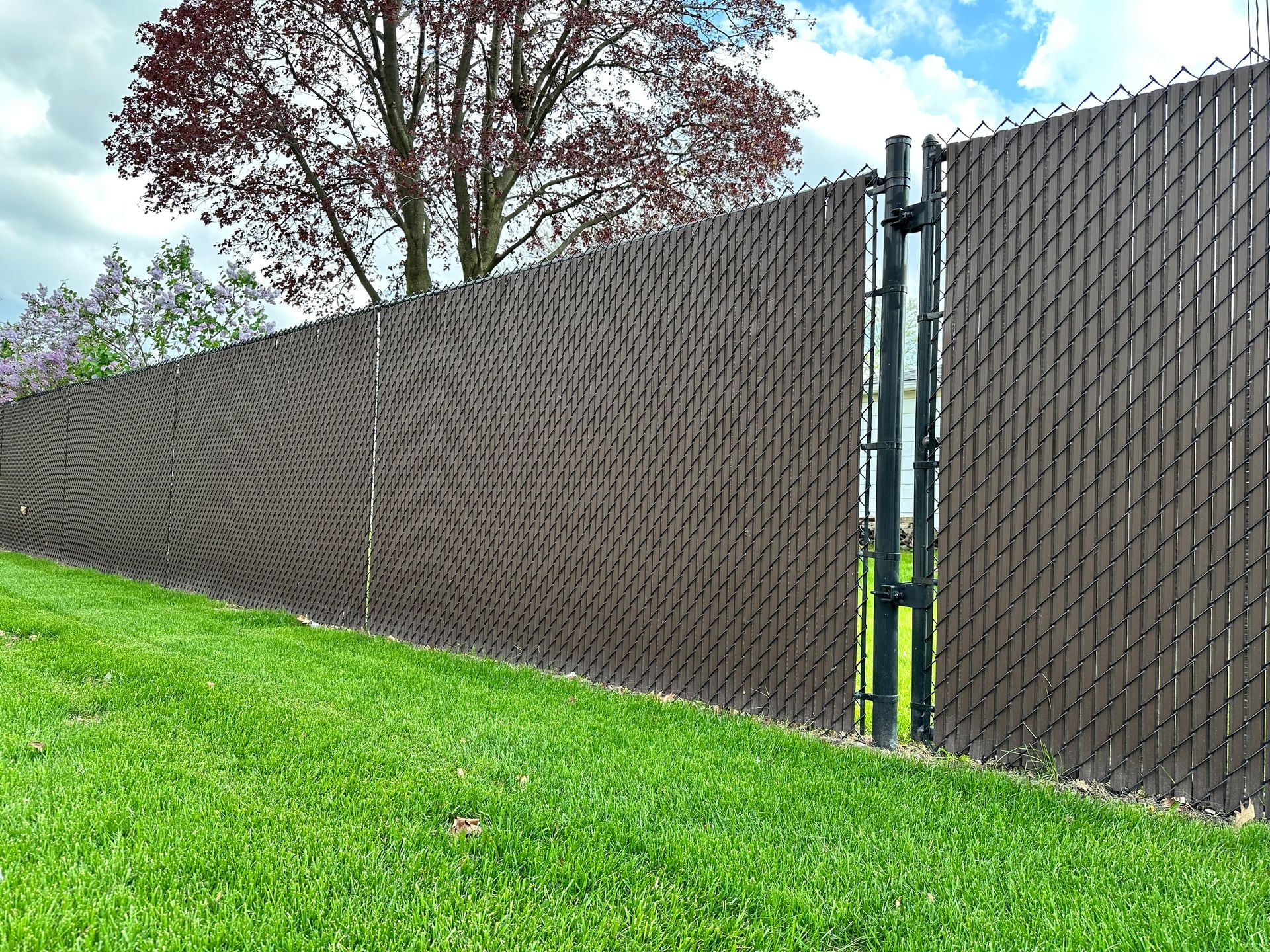
How to Upgrade Your Chain Link Fence with Privacy Slats: Benefits, Styles & Installation in Illinois
